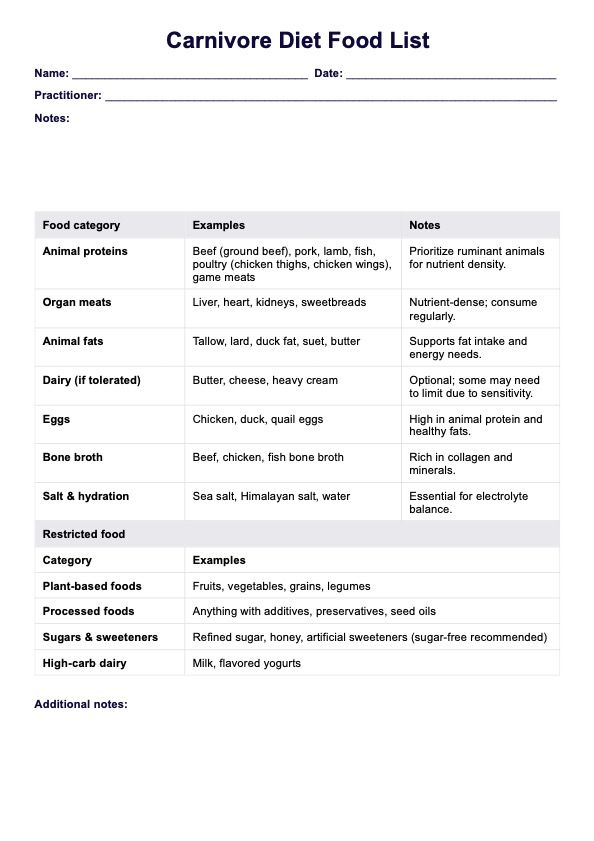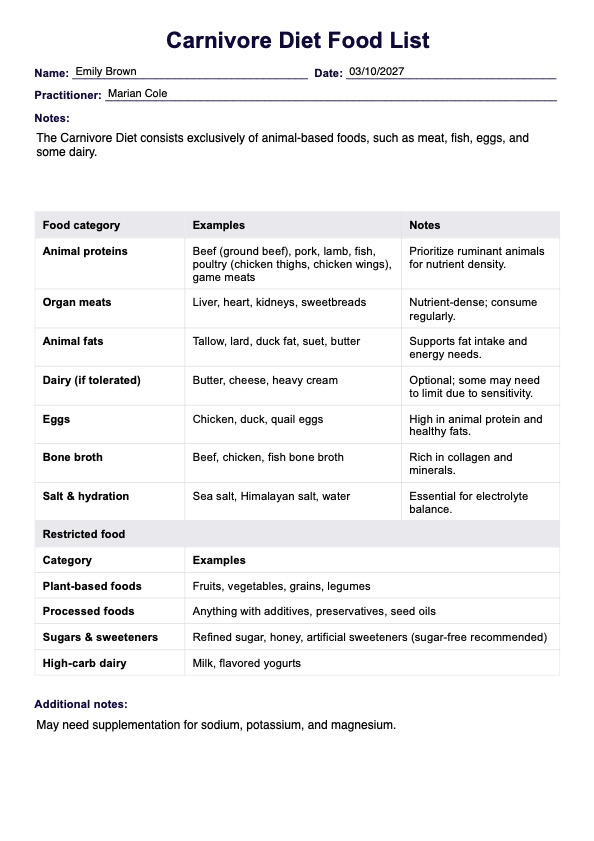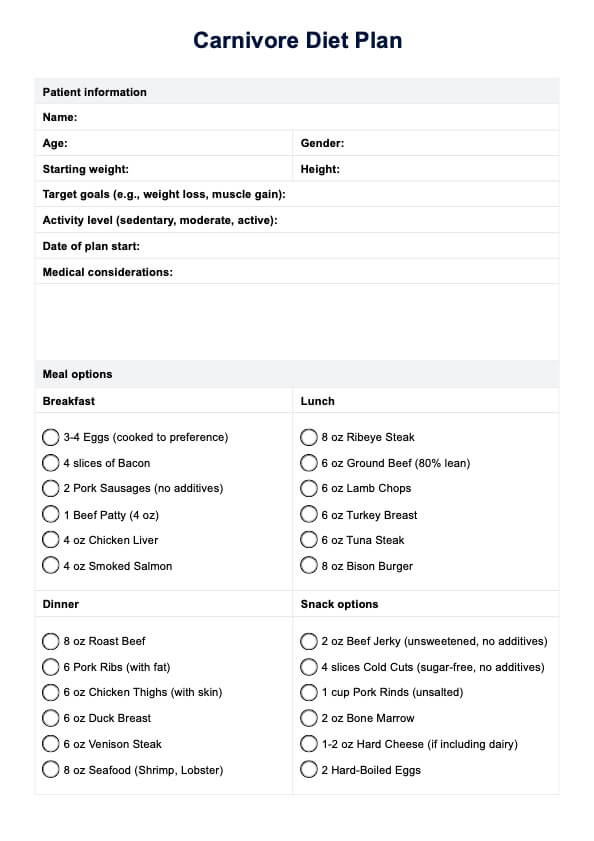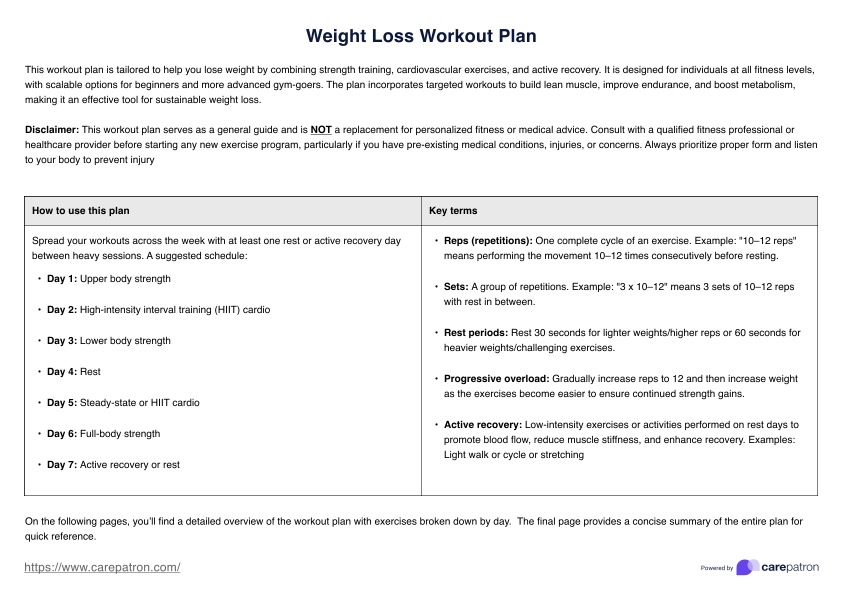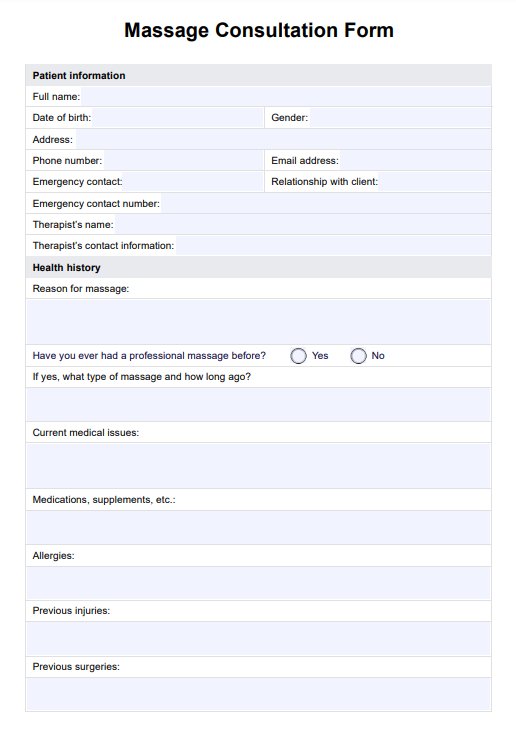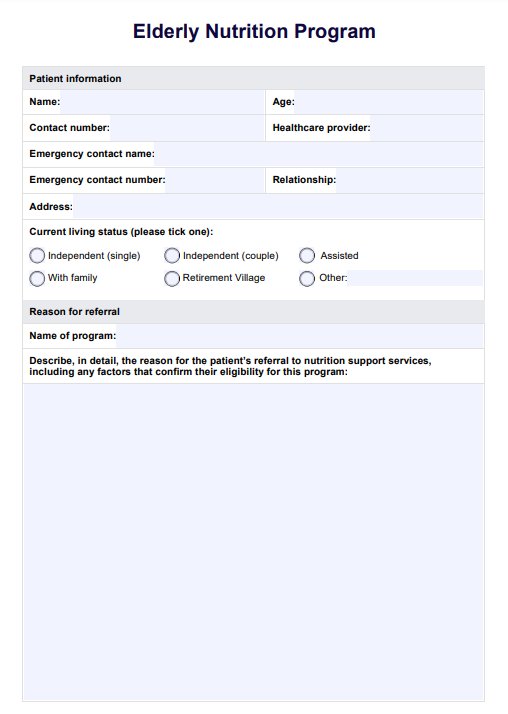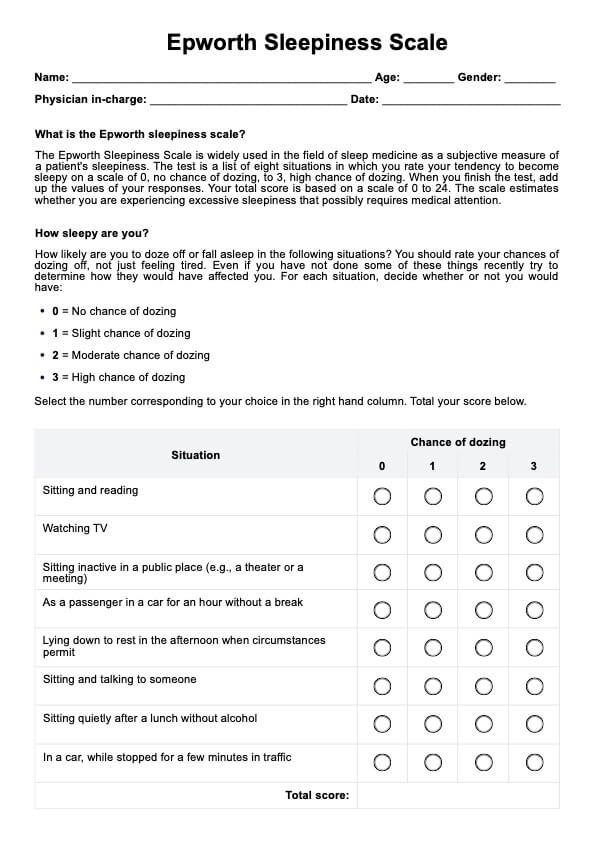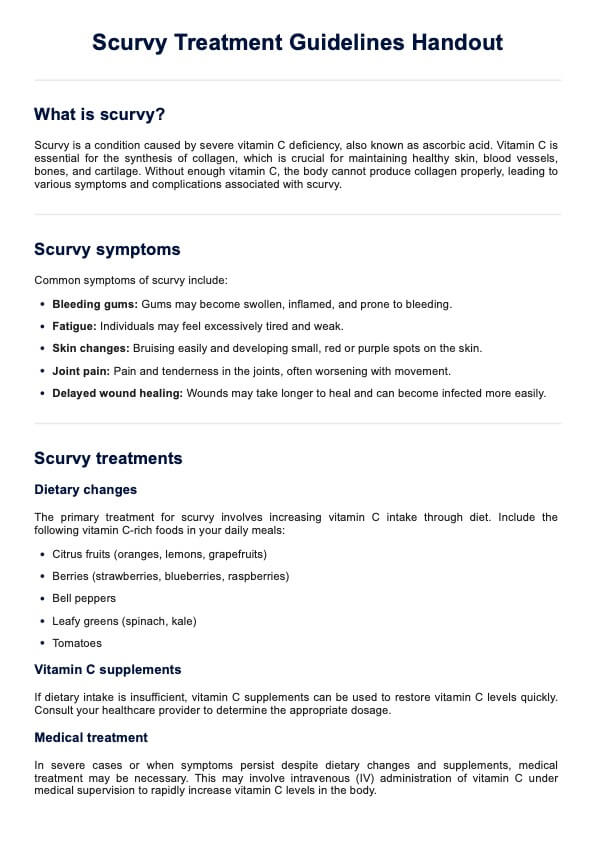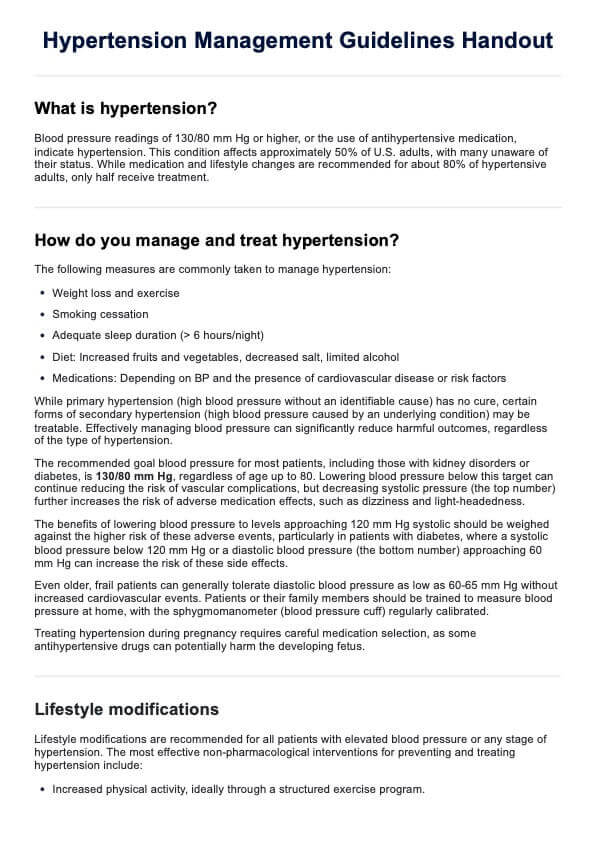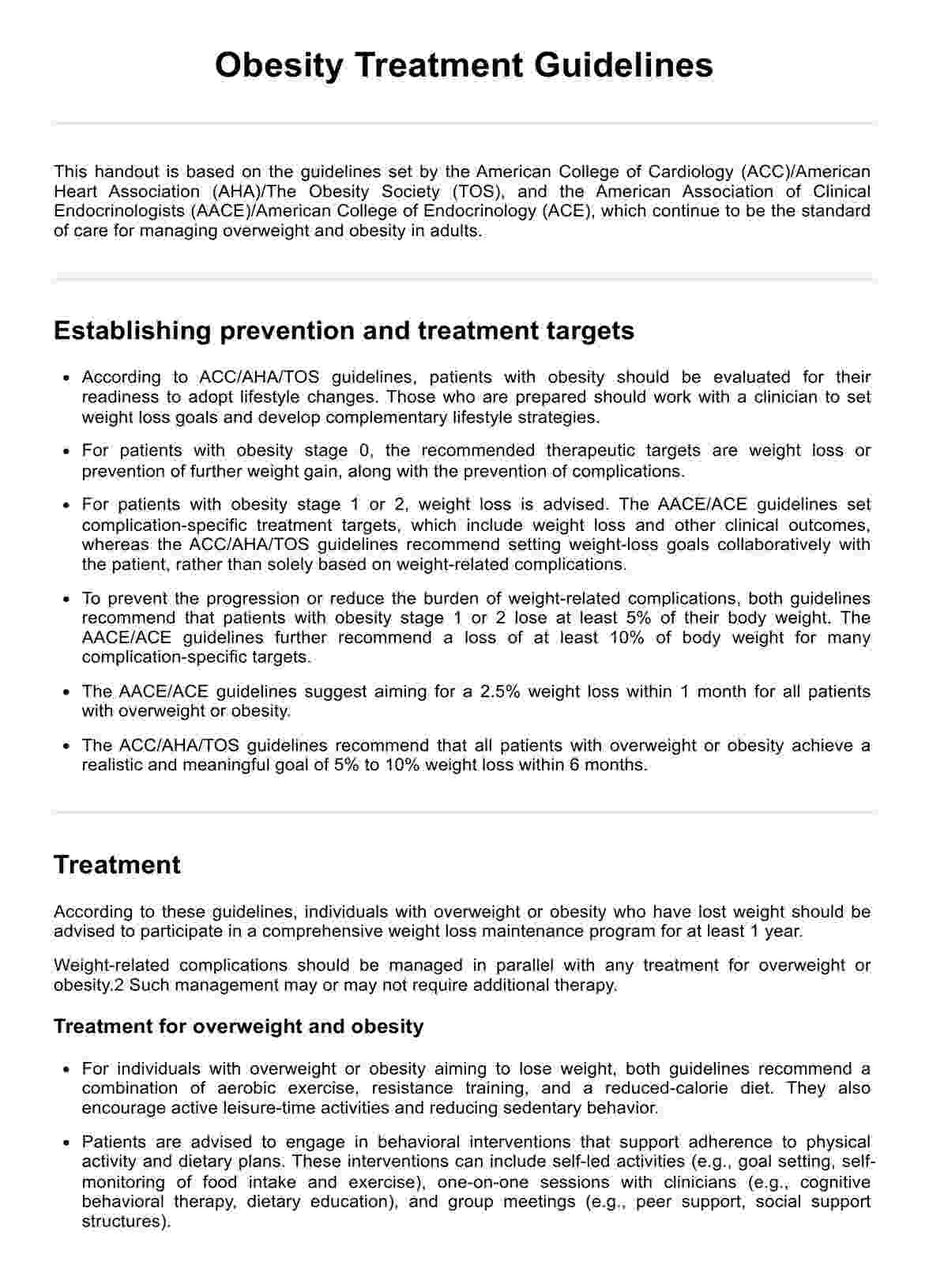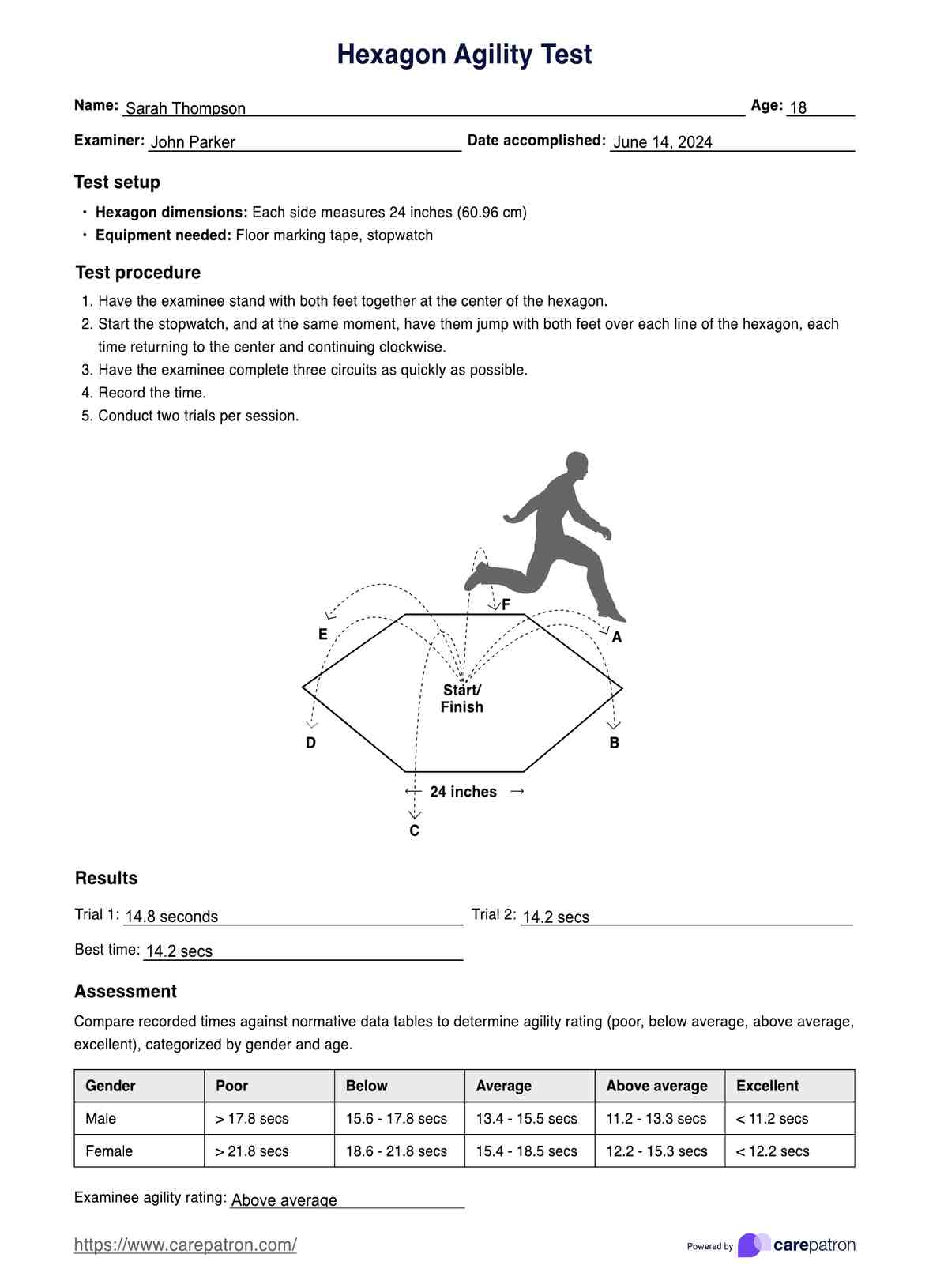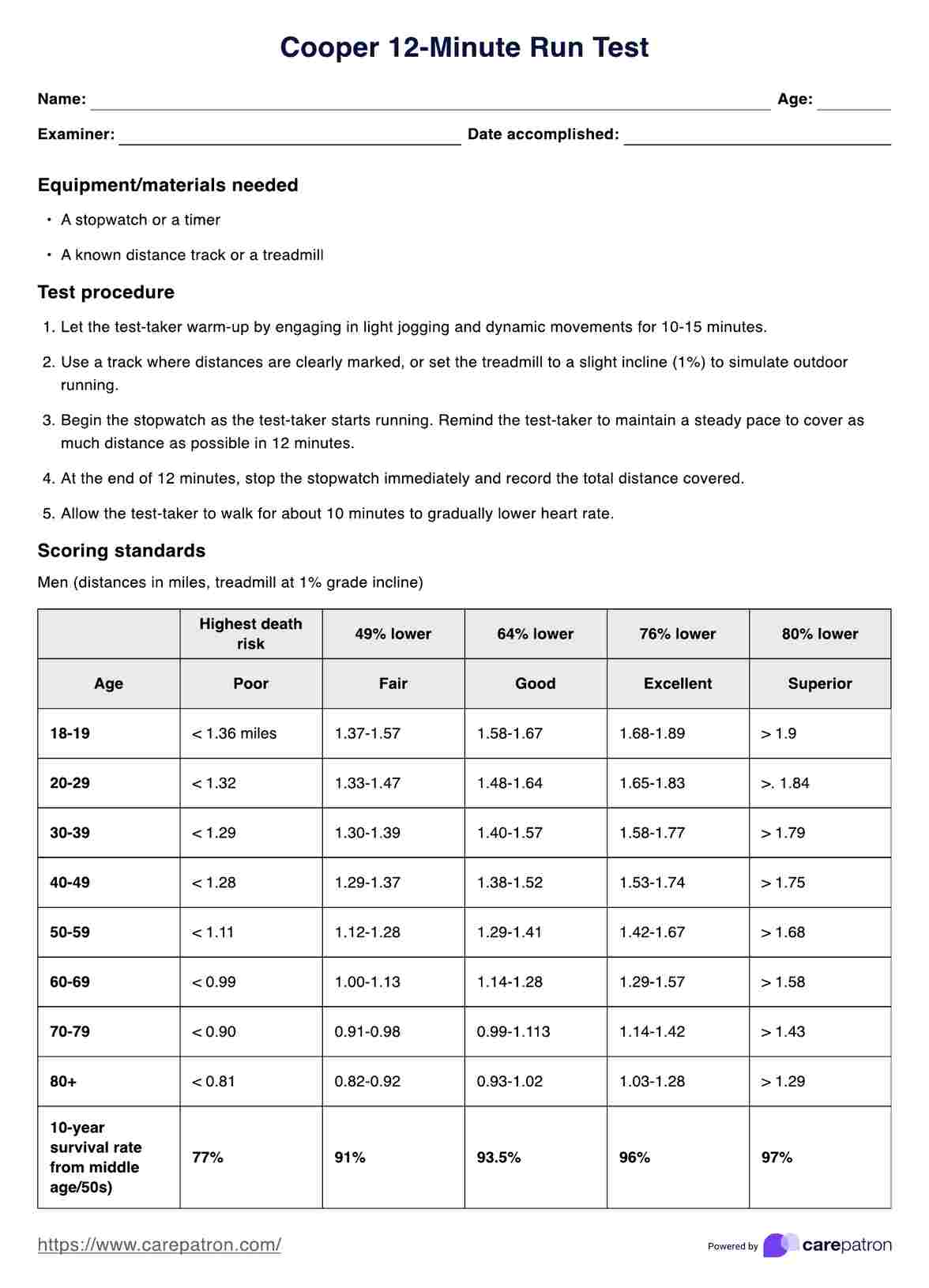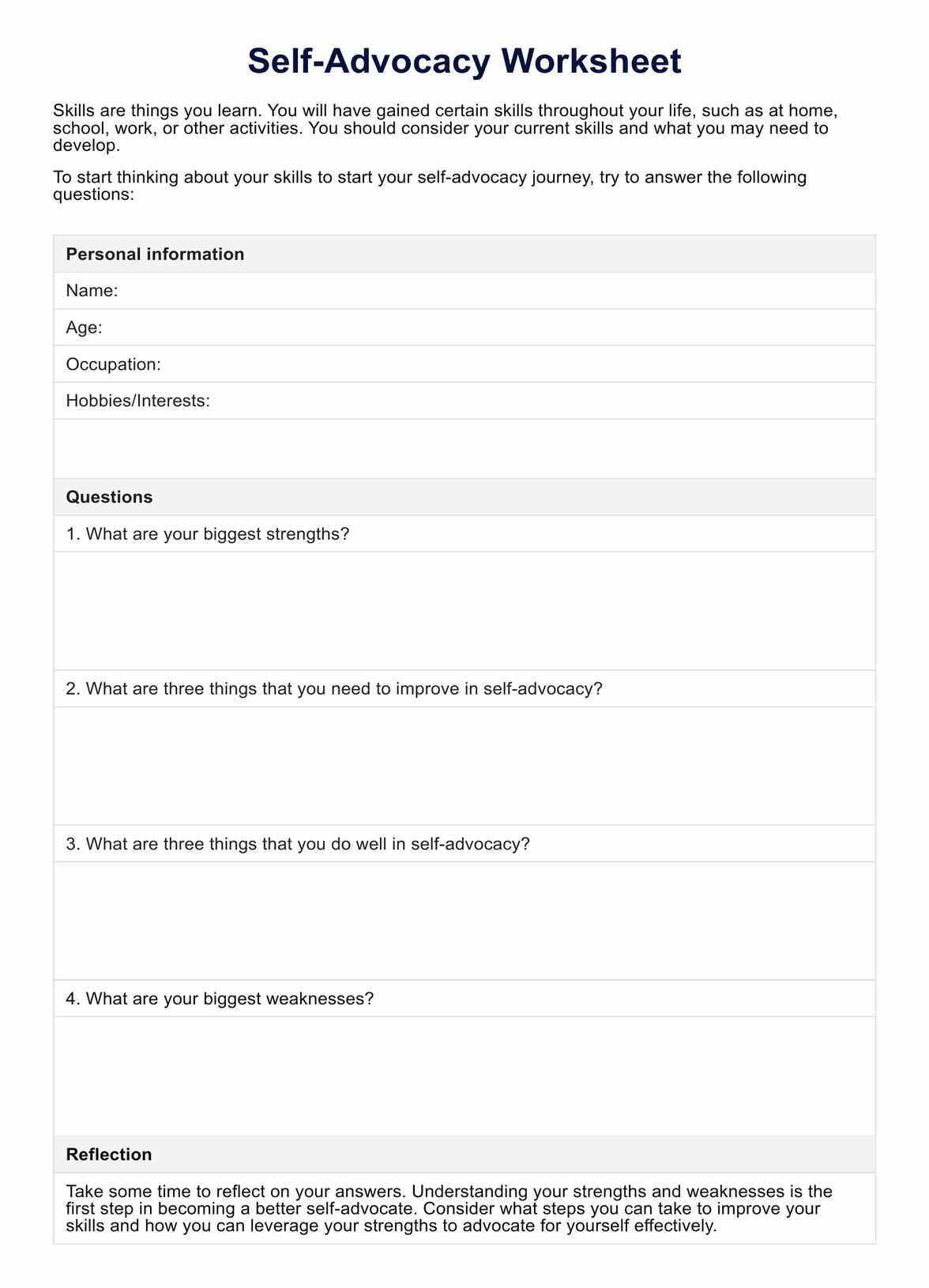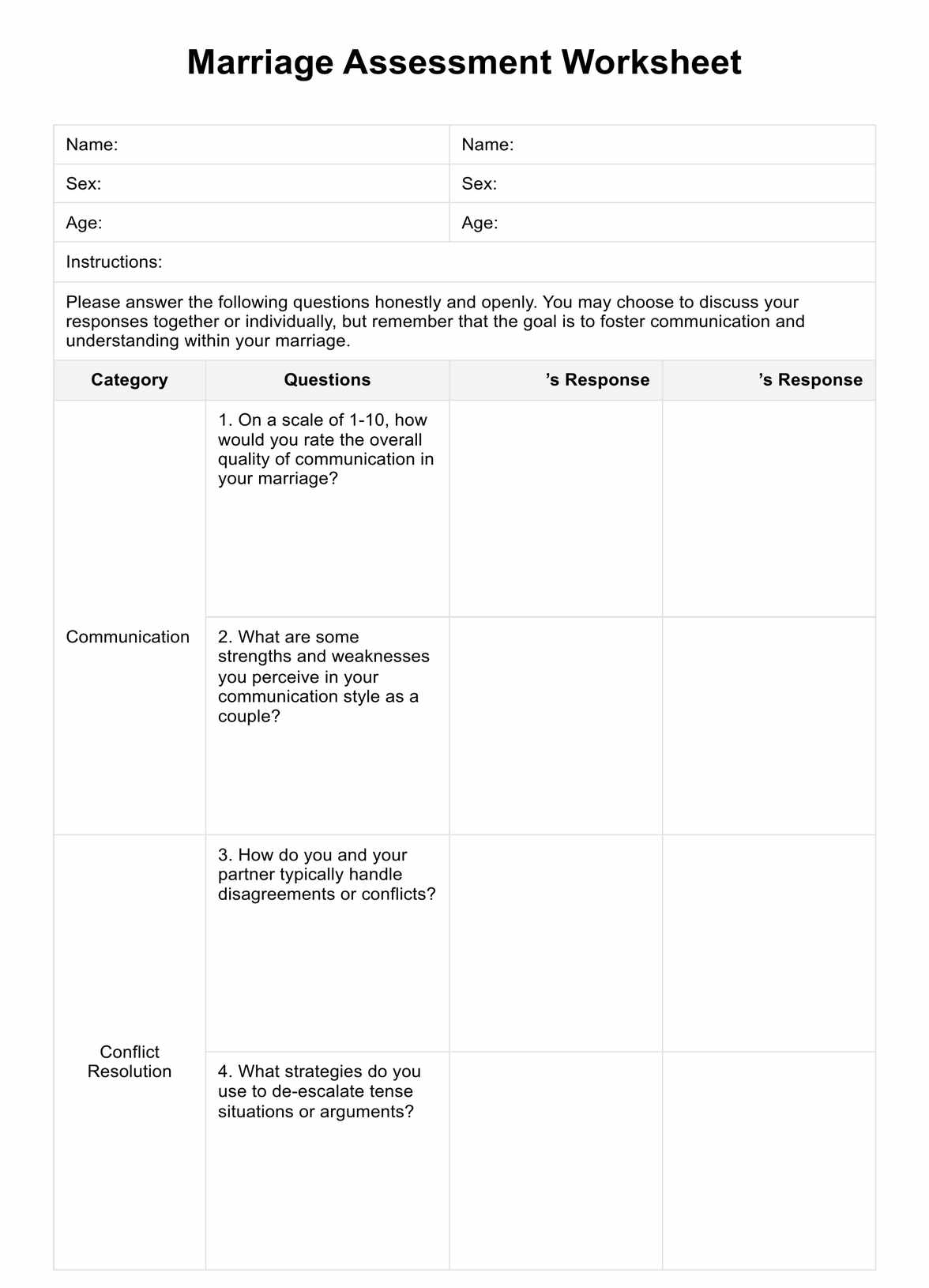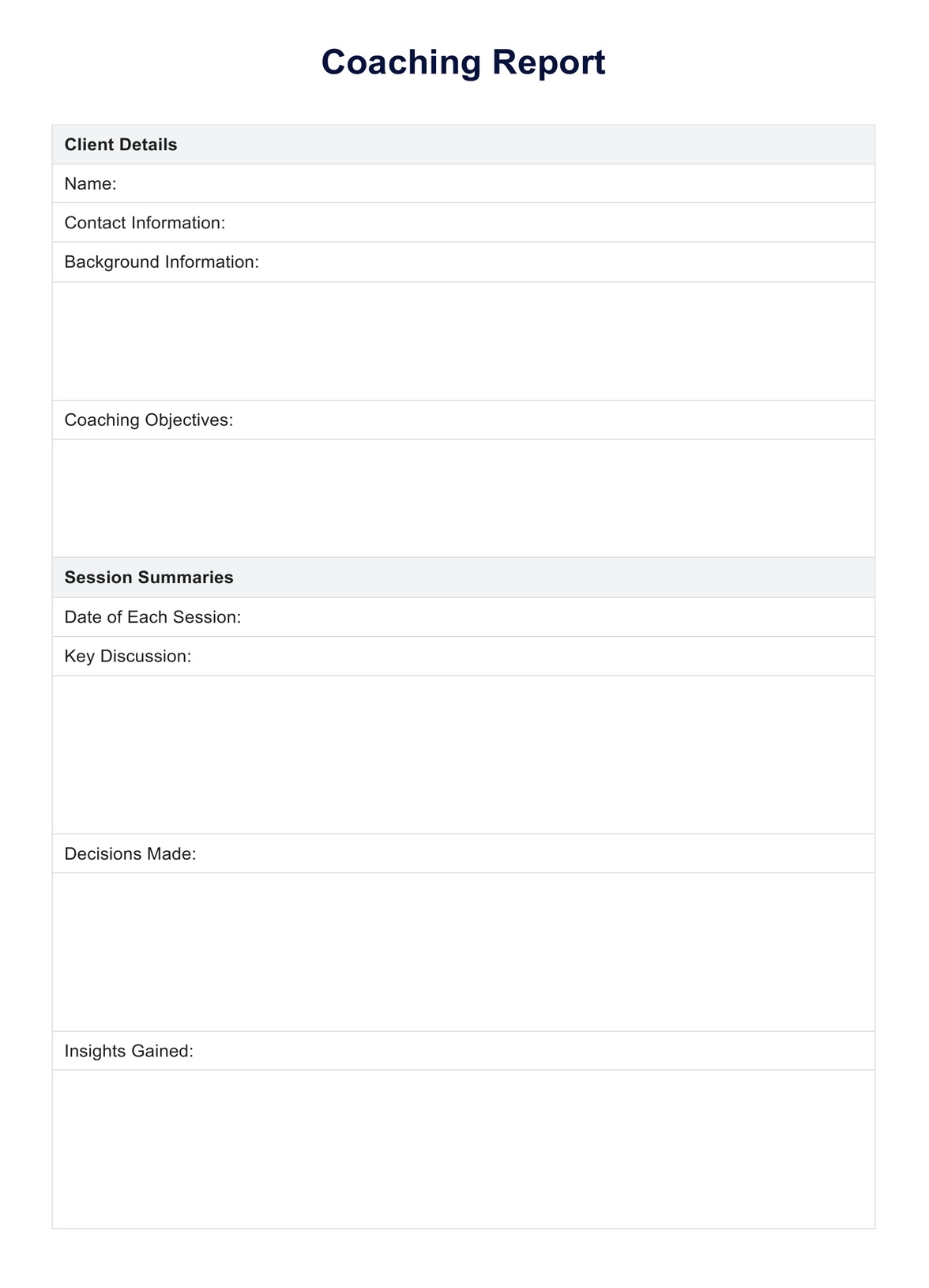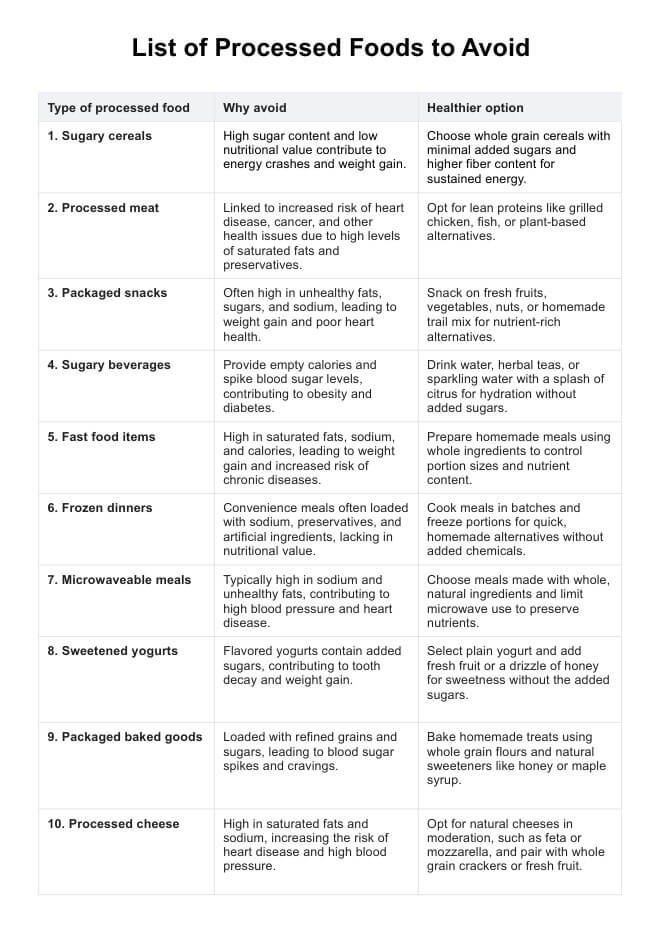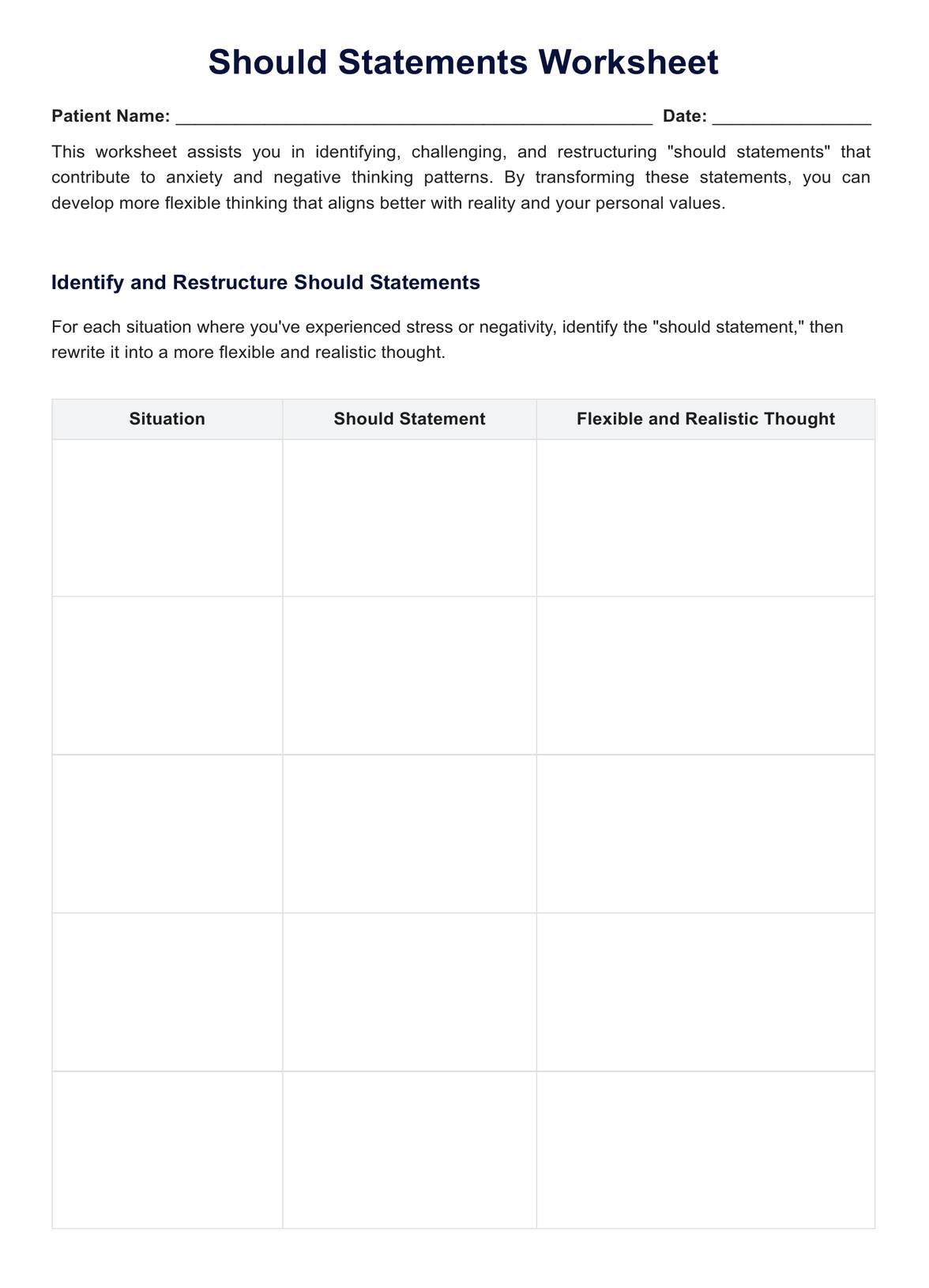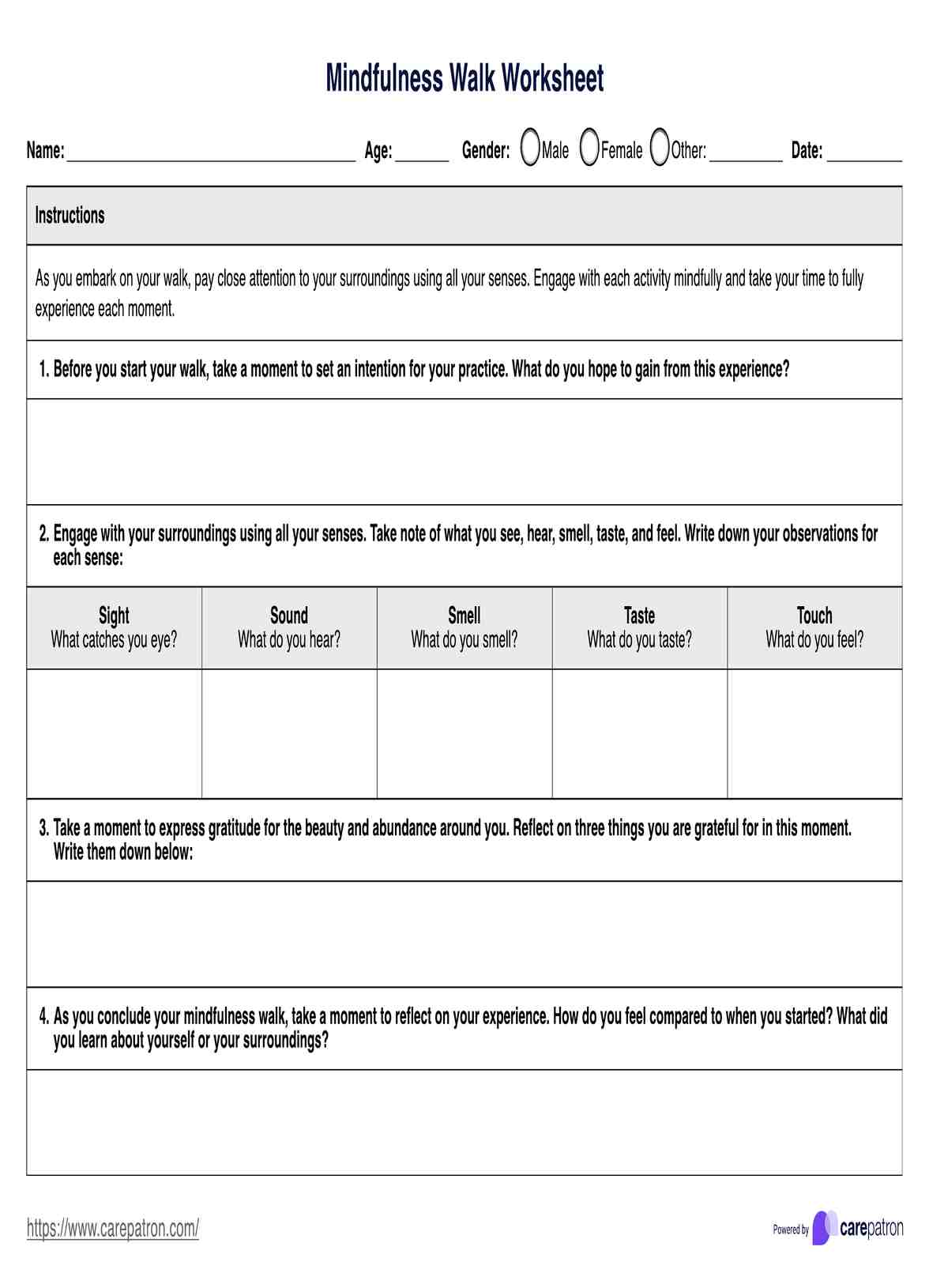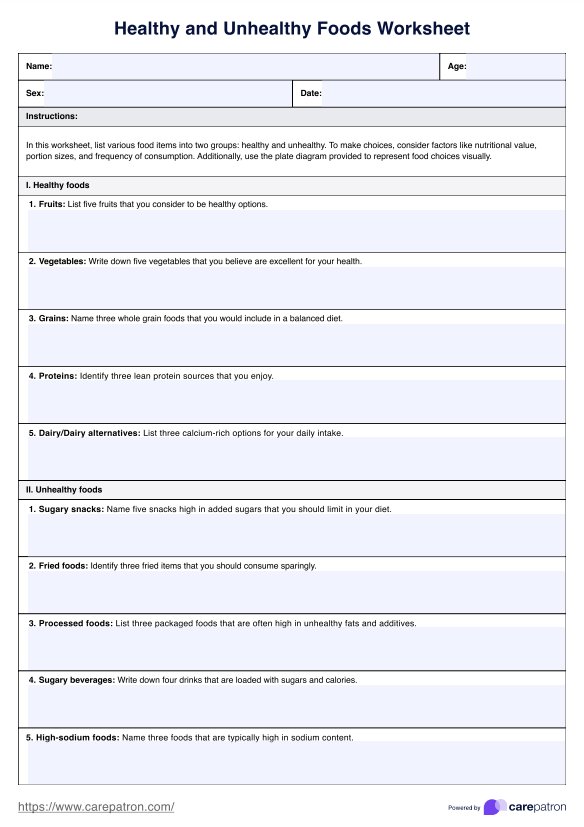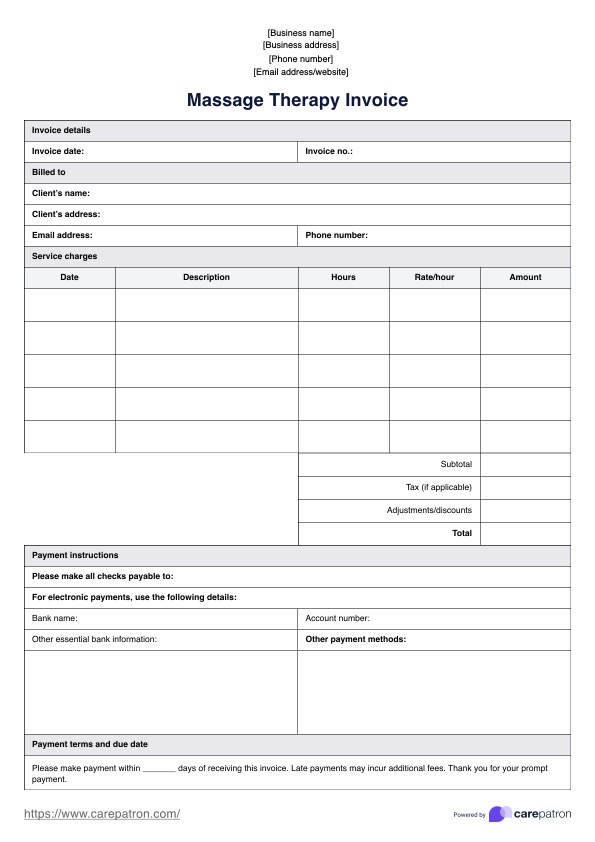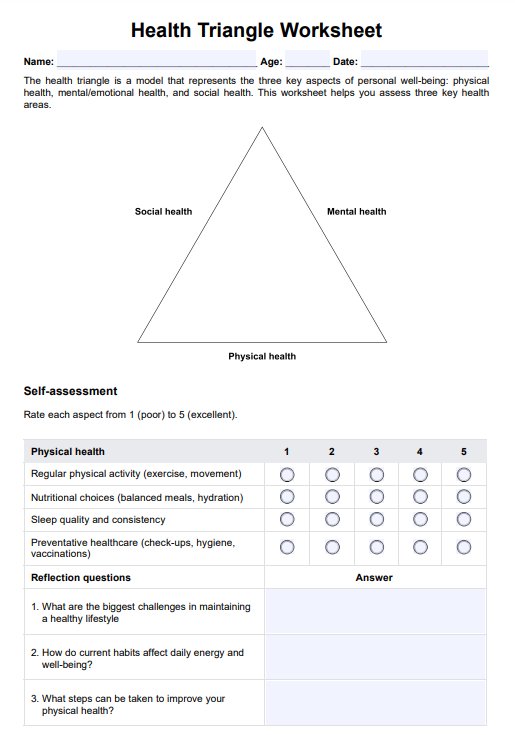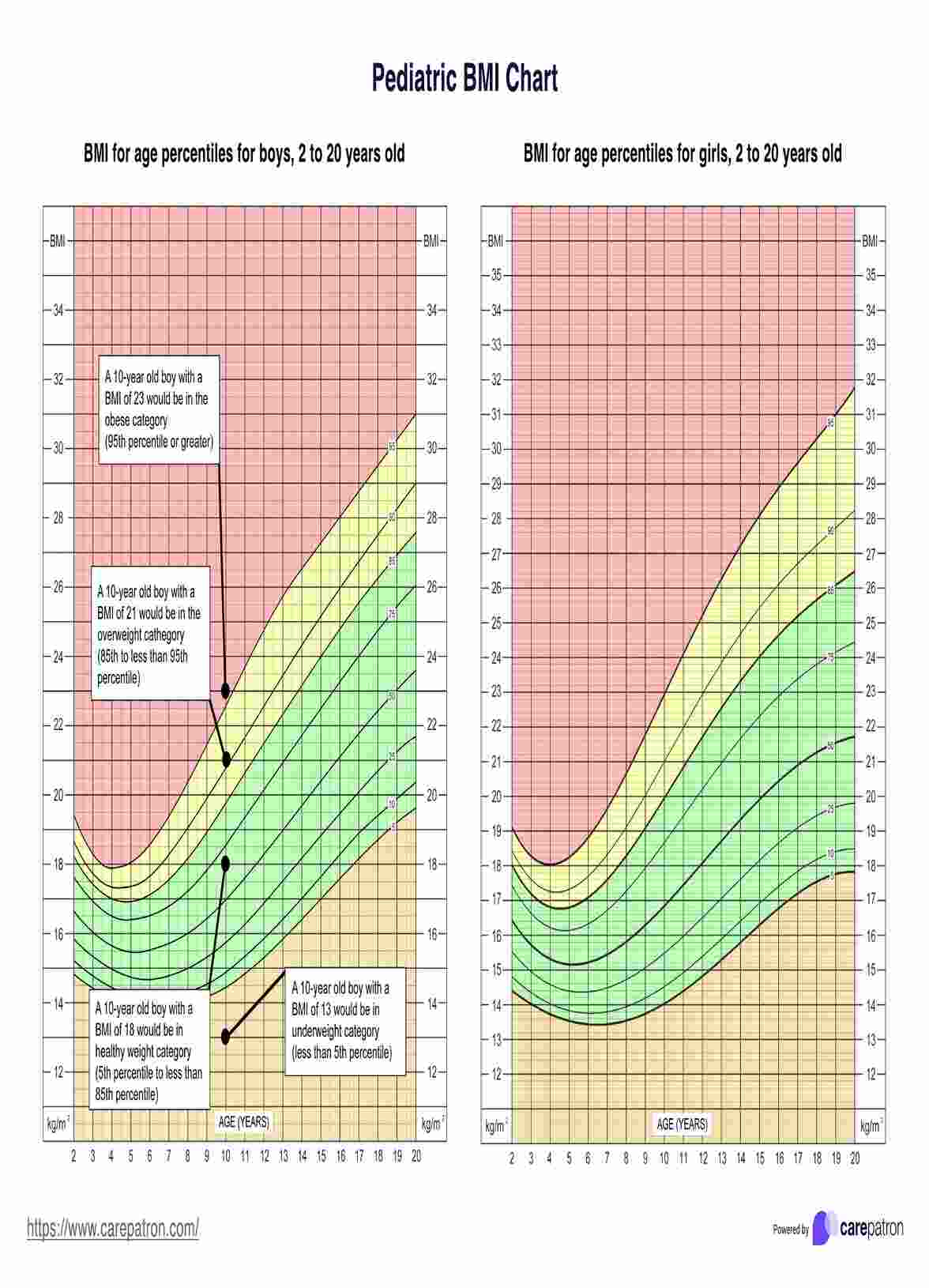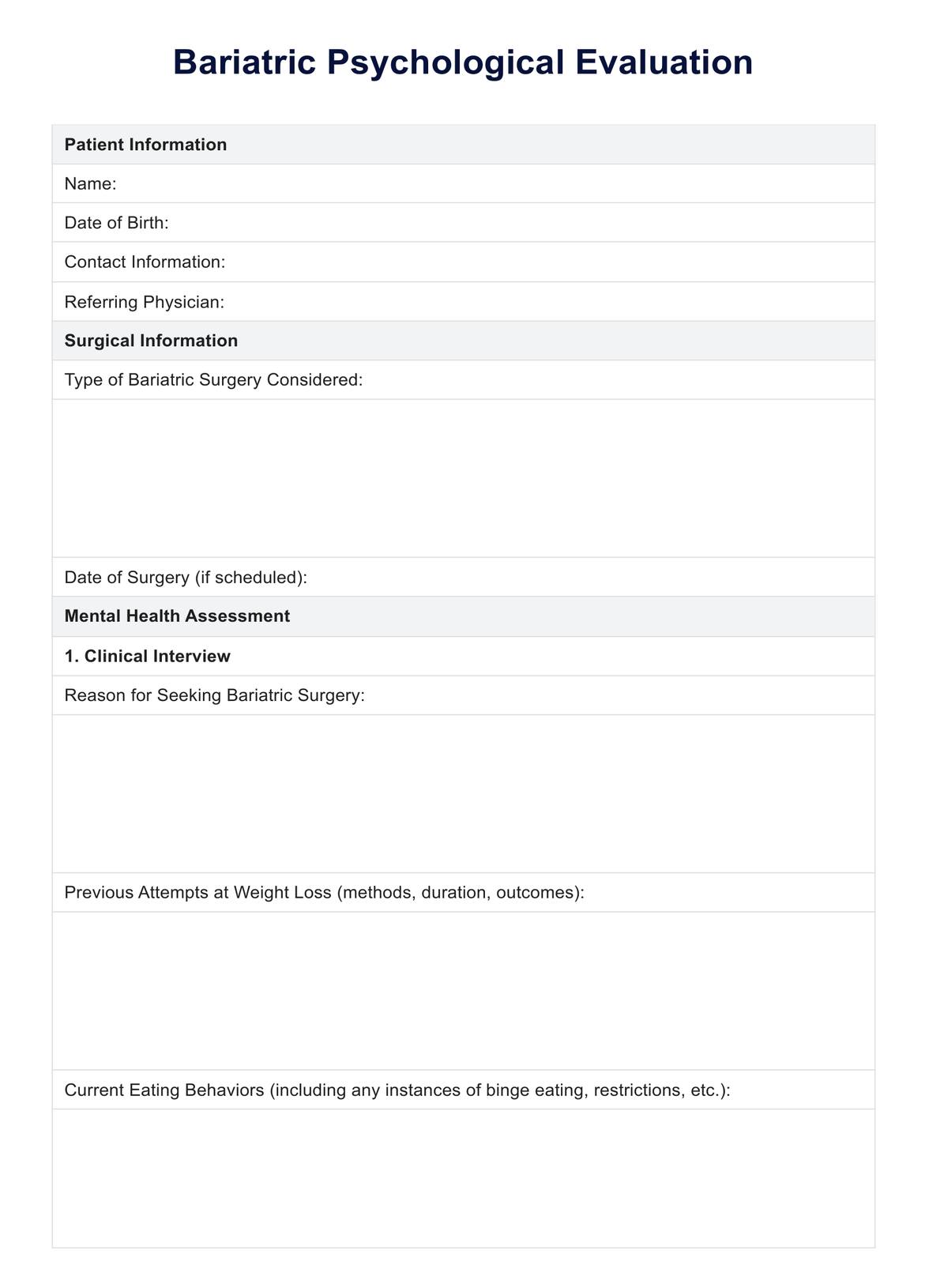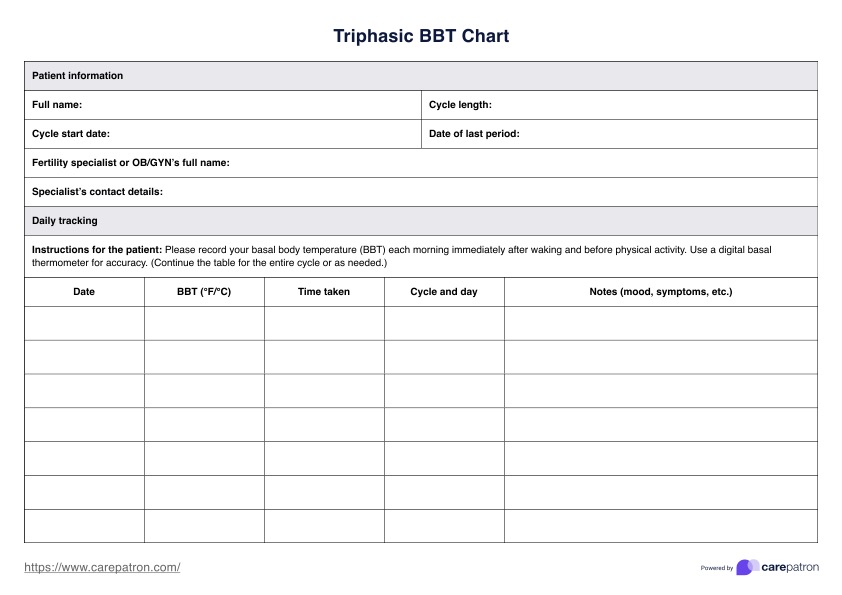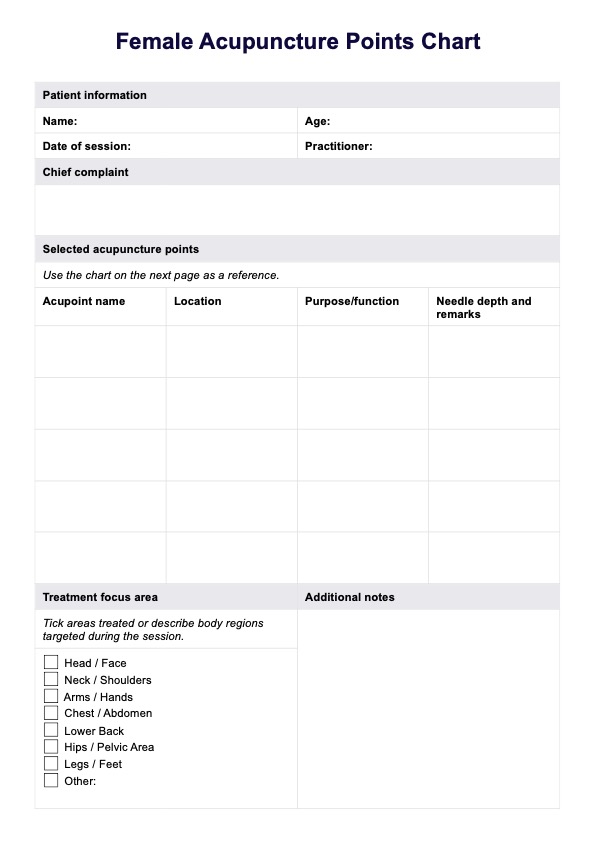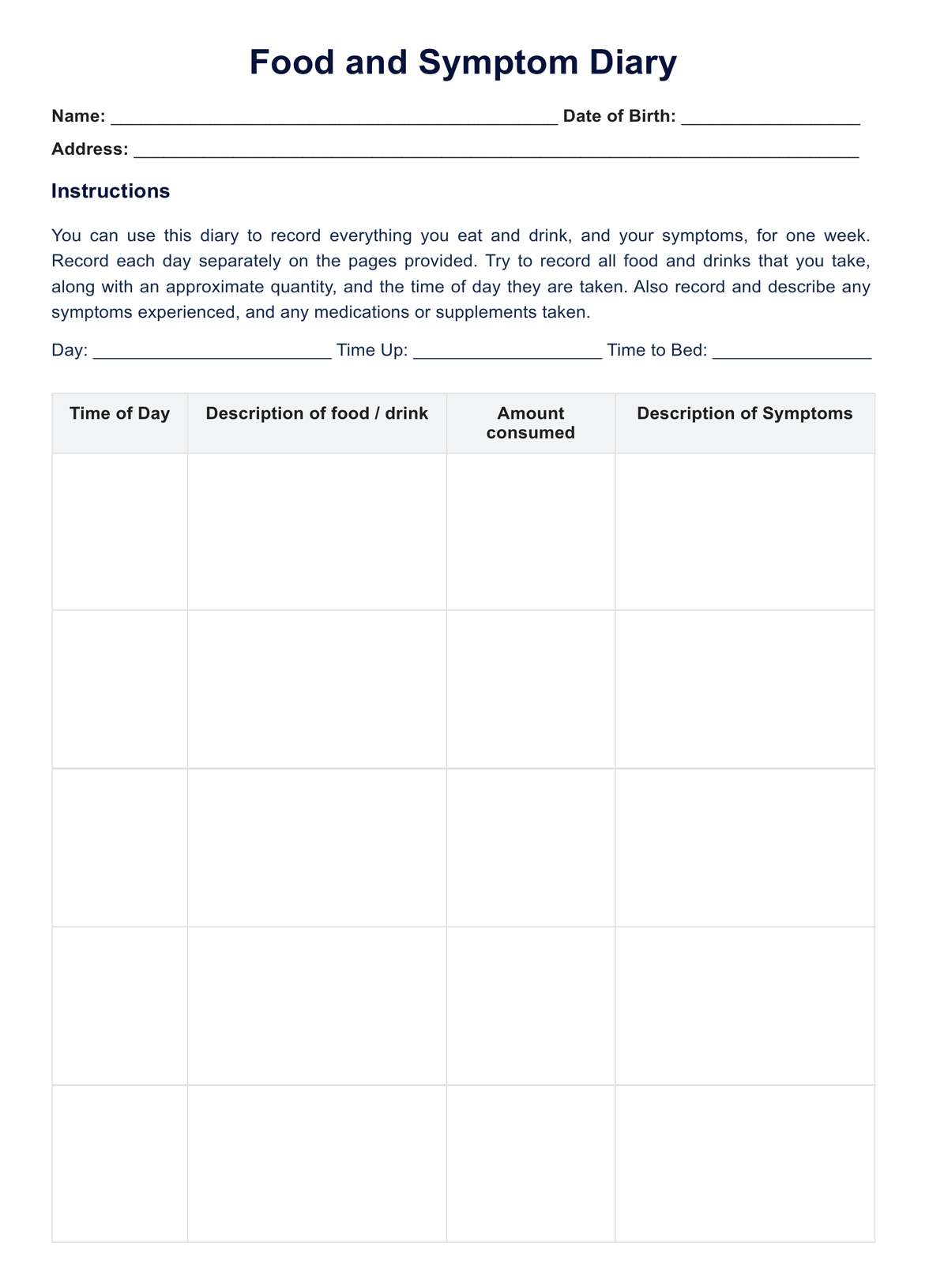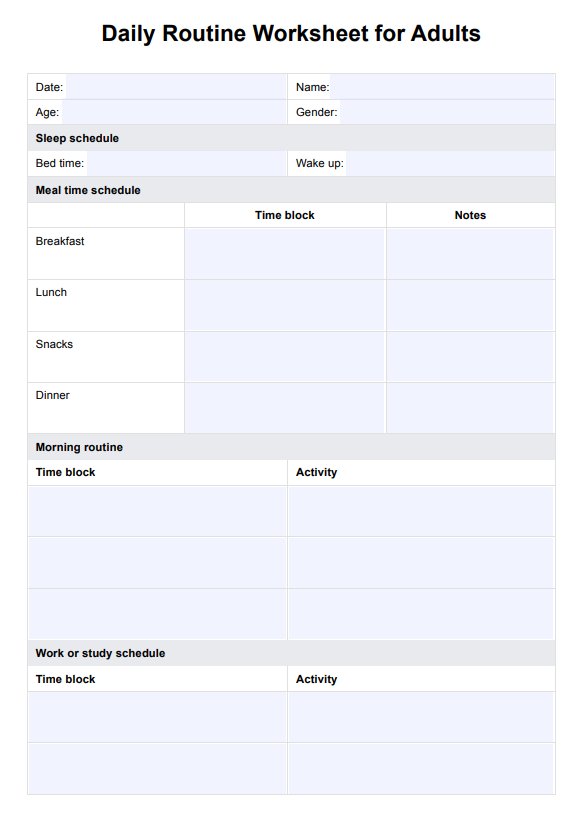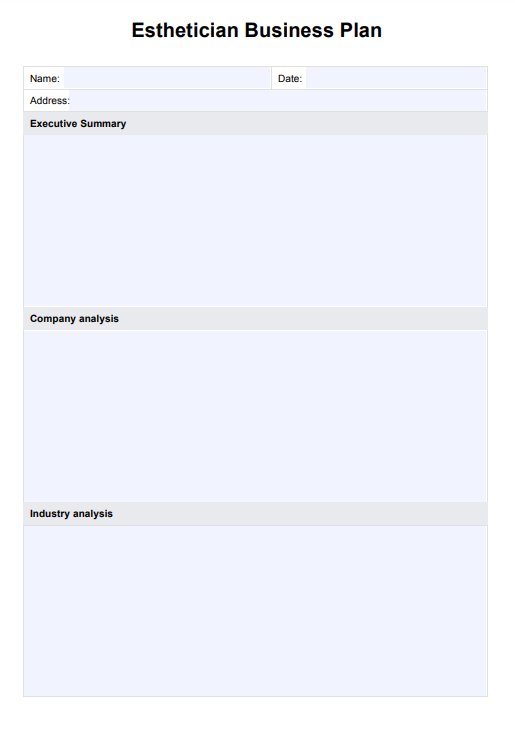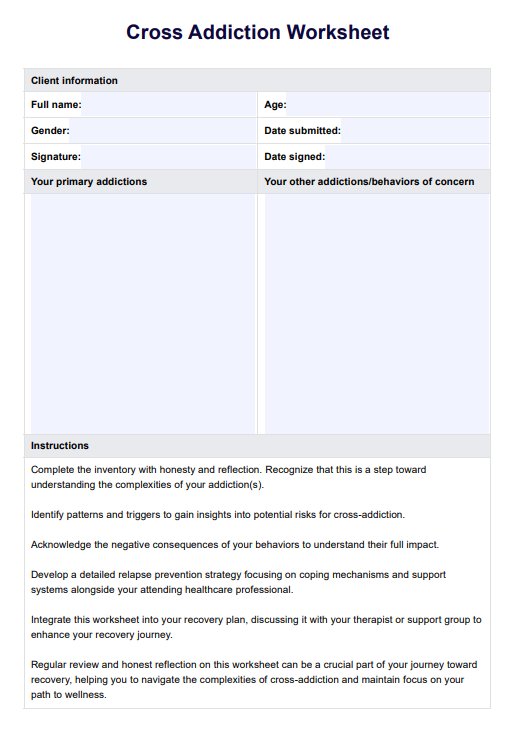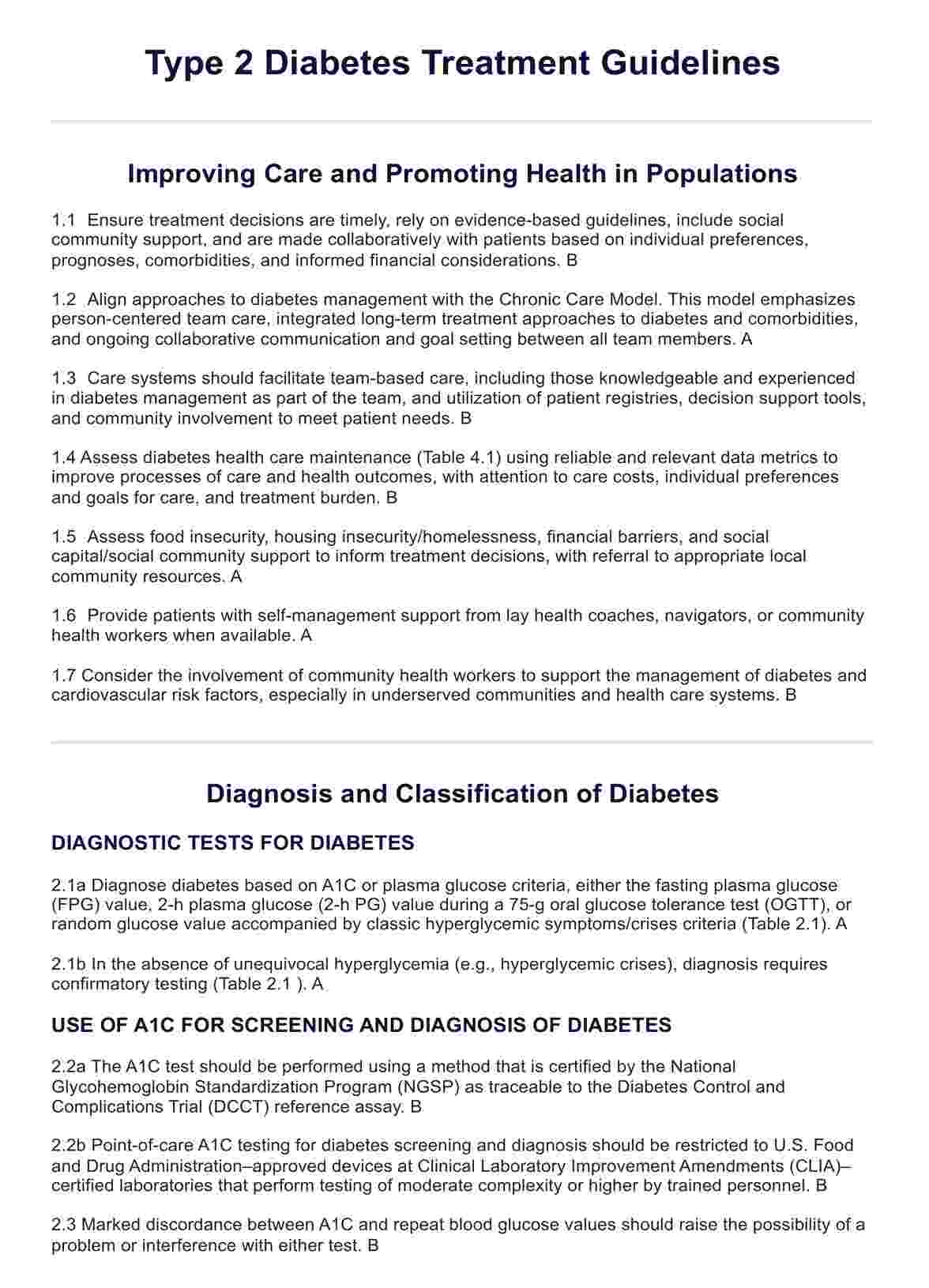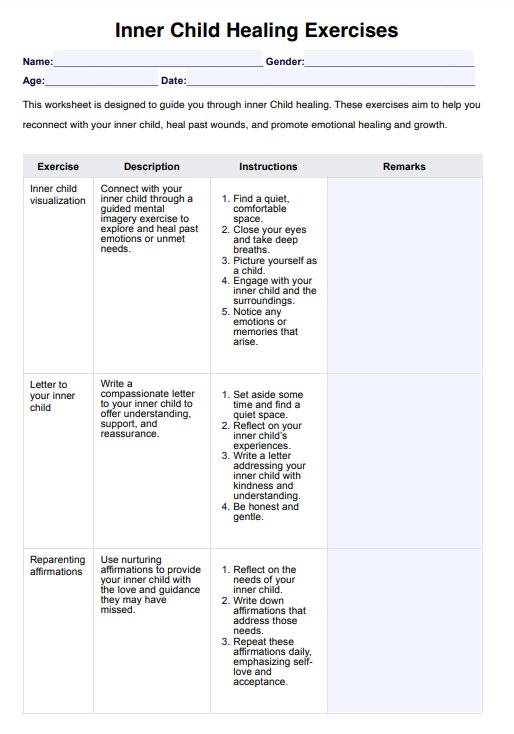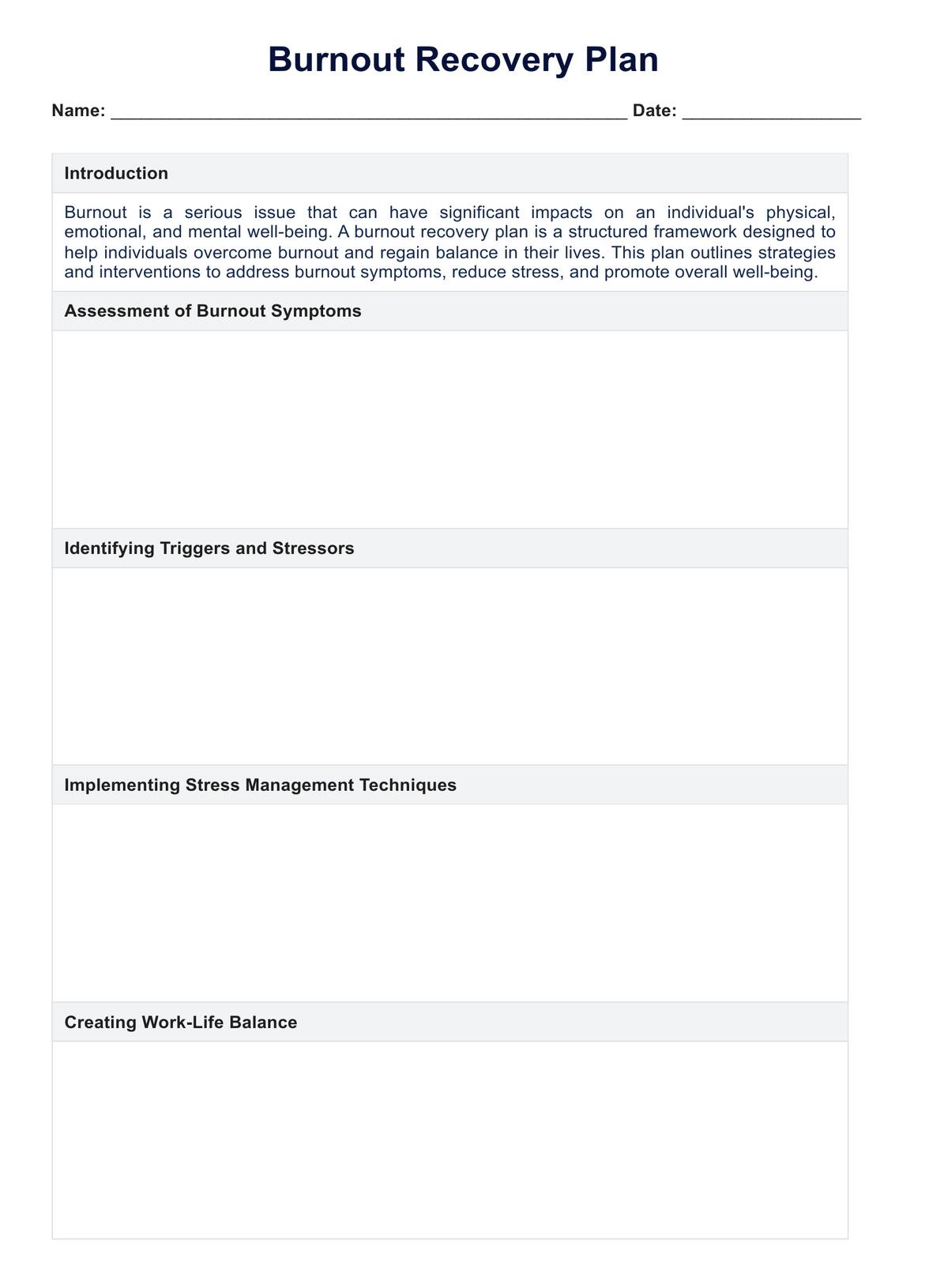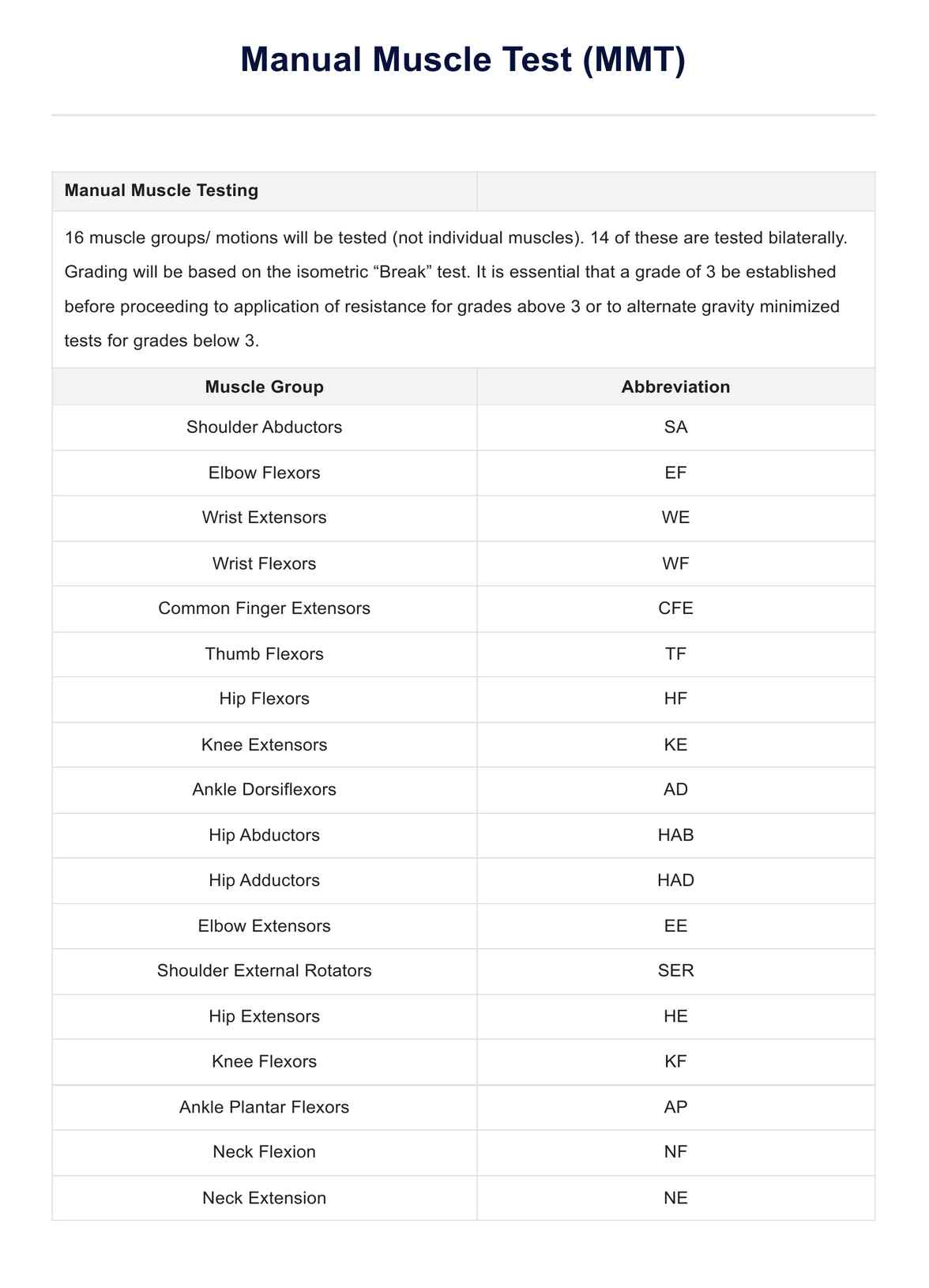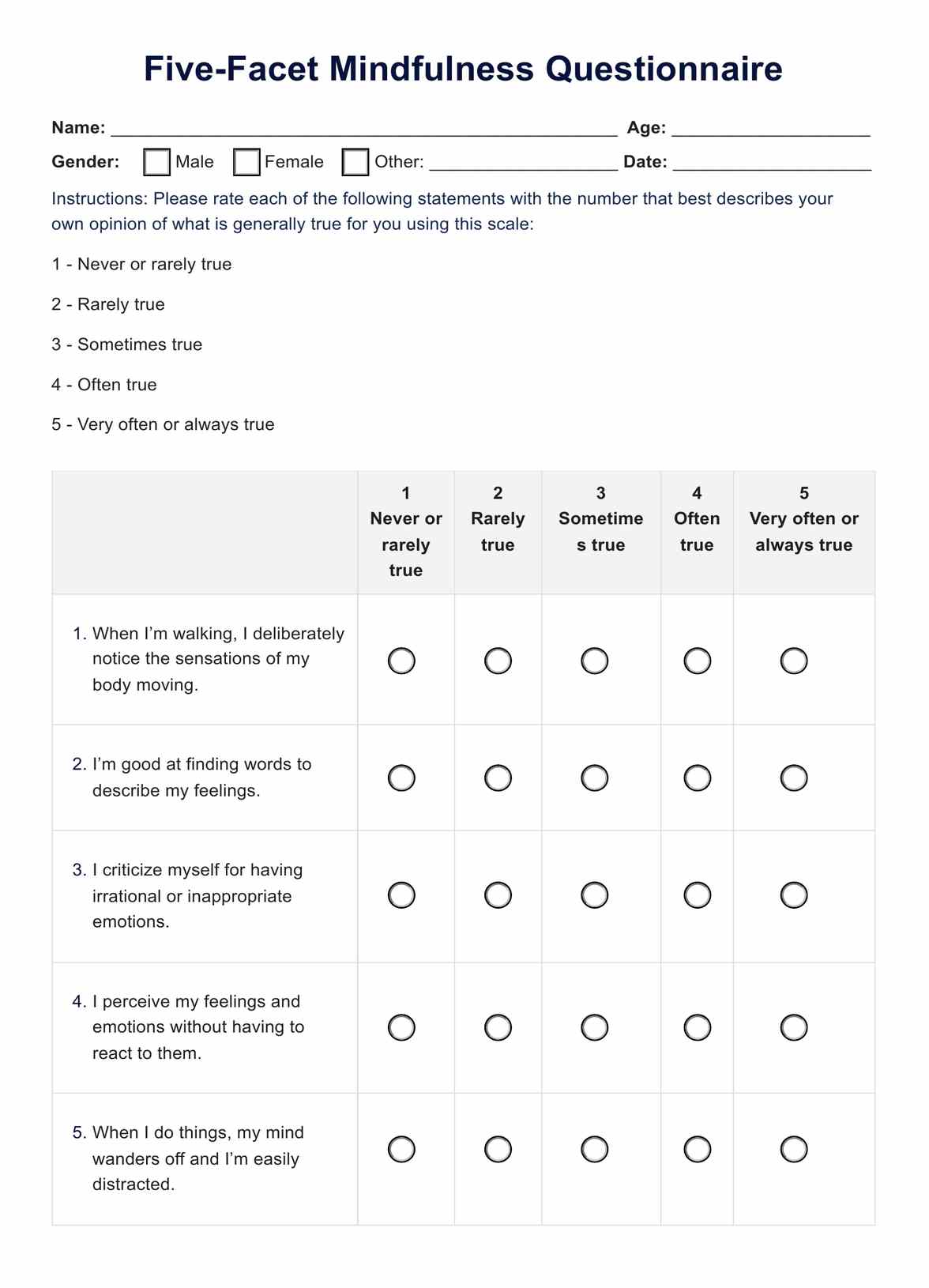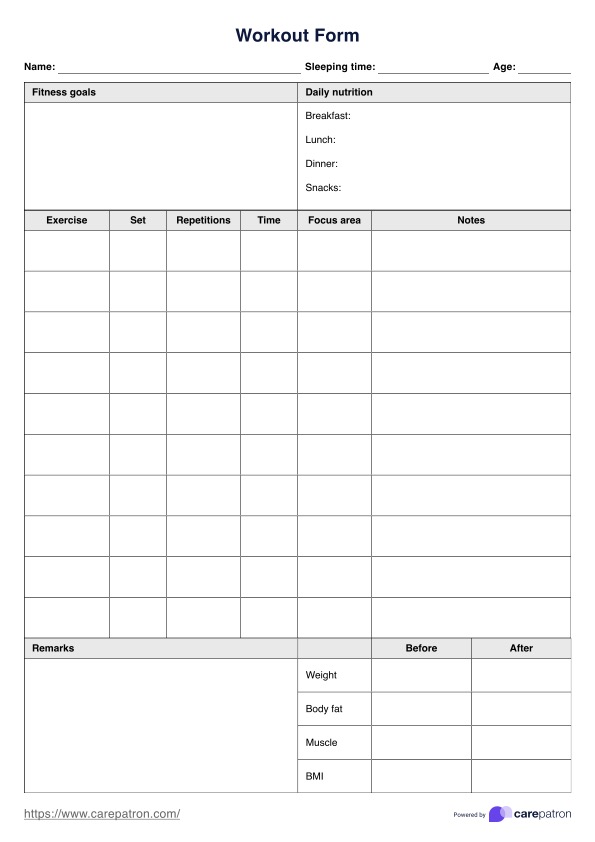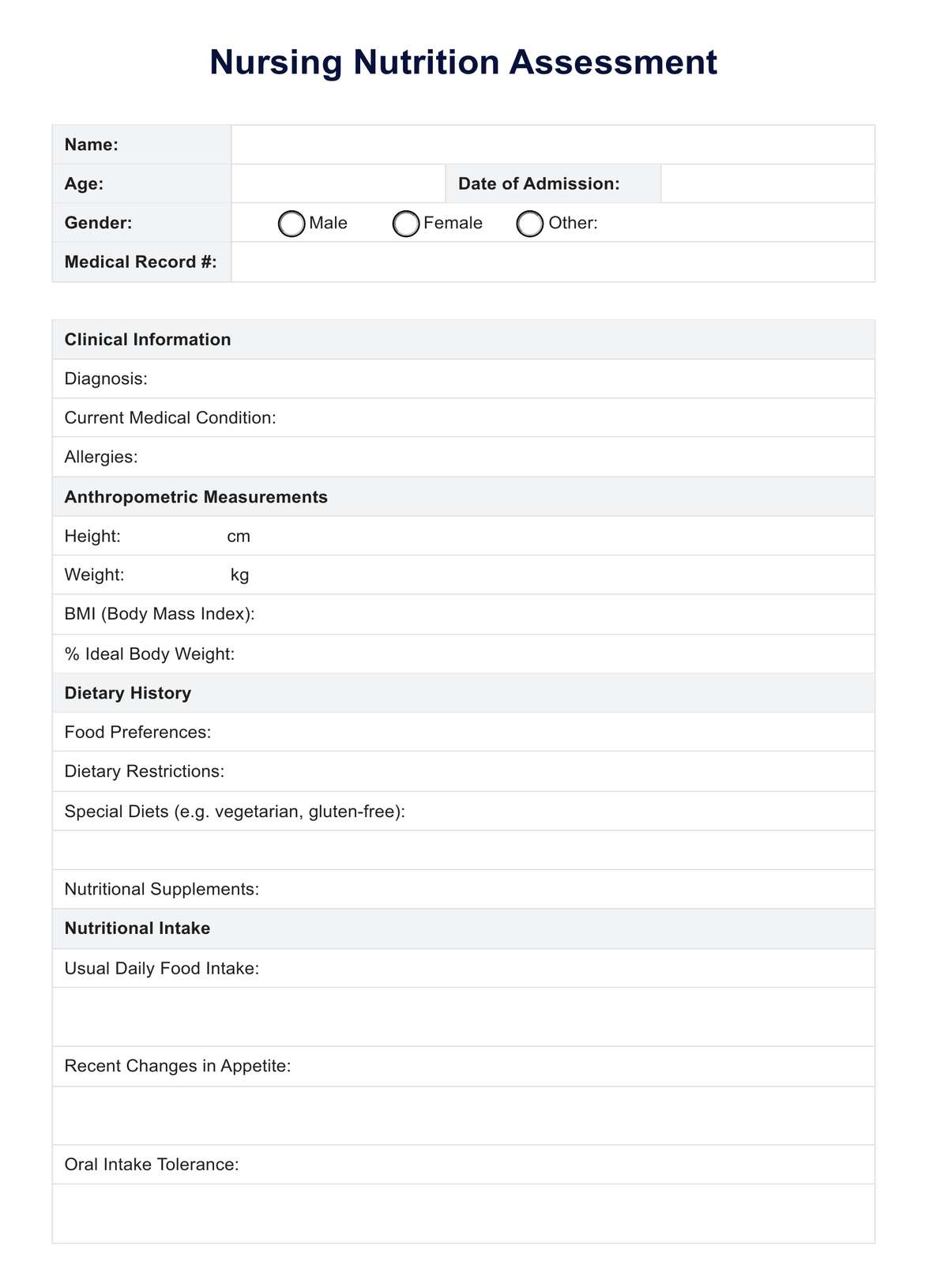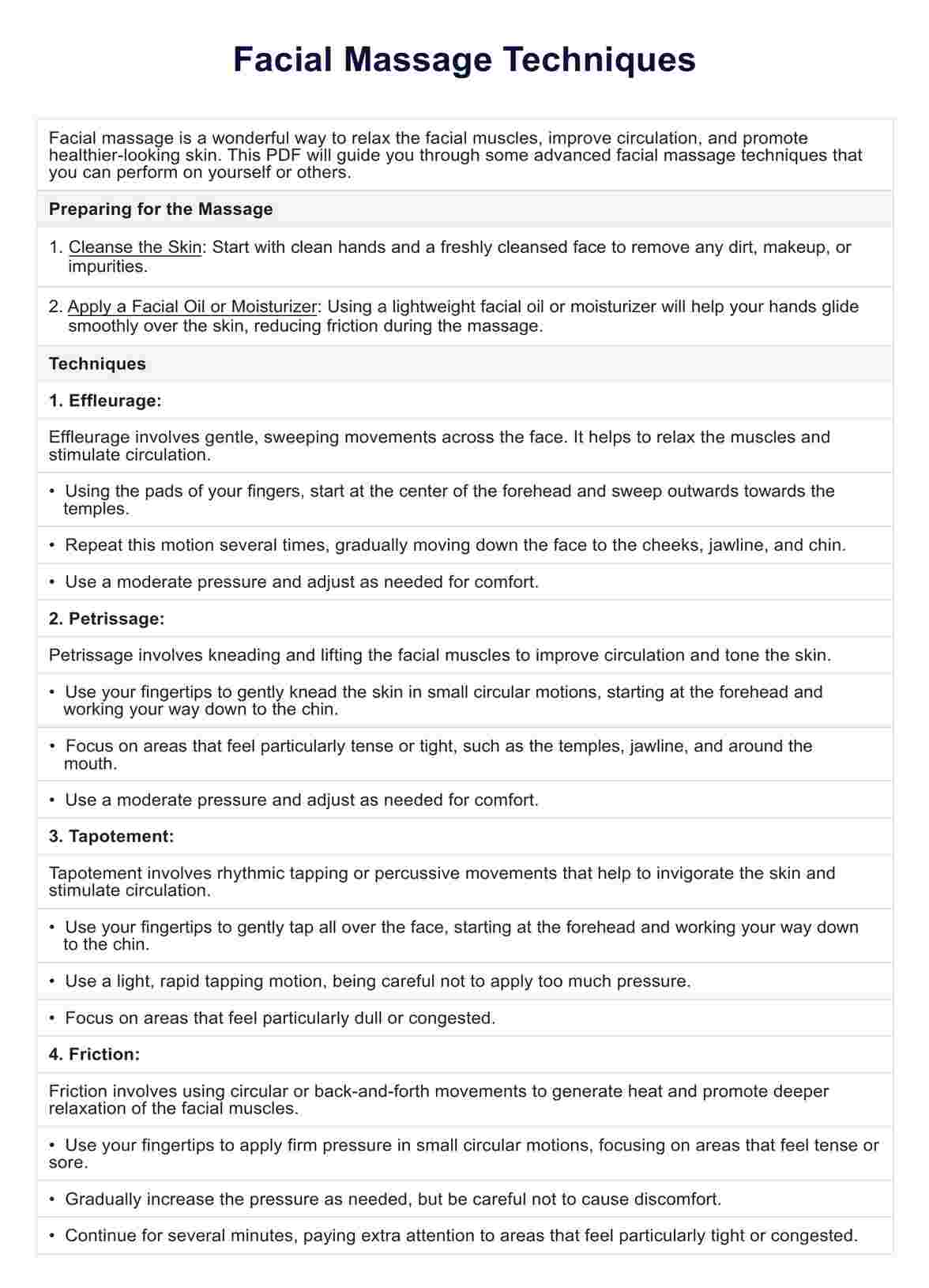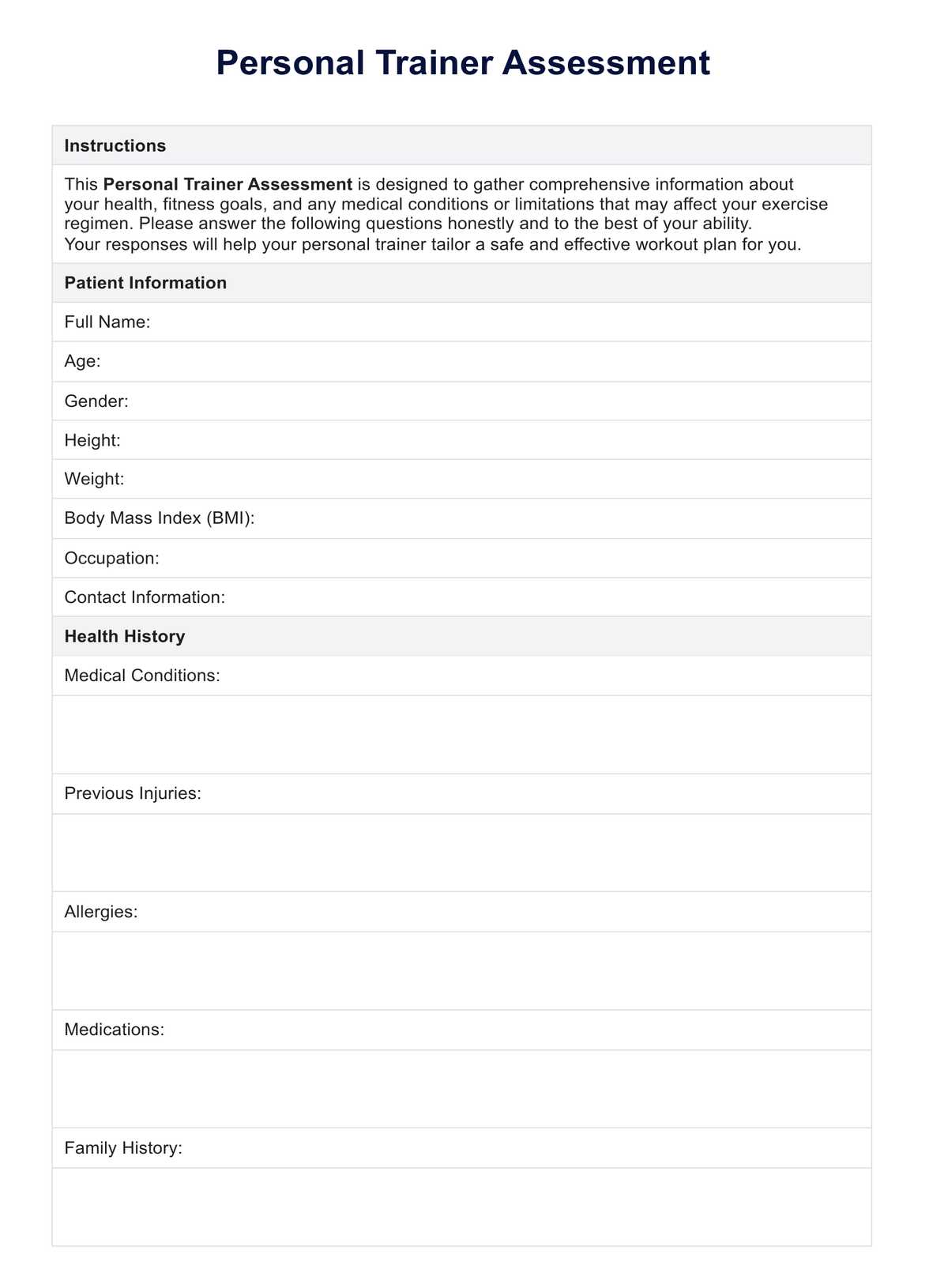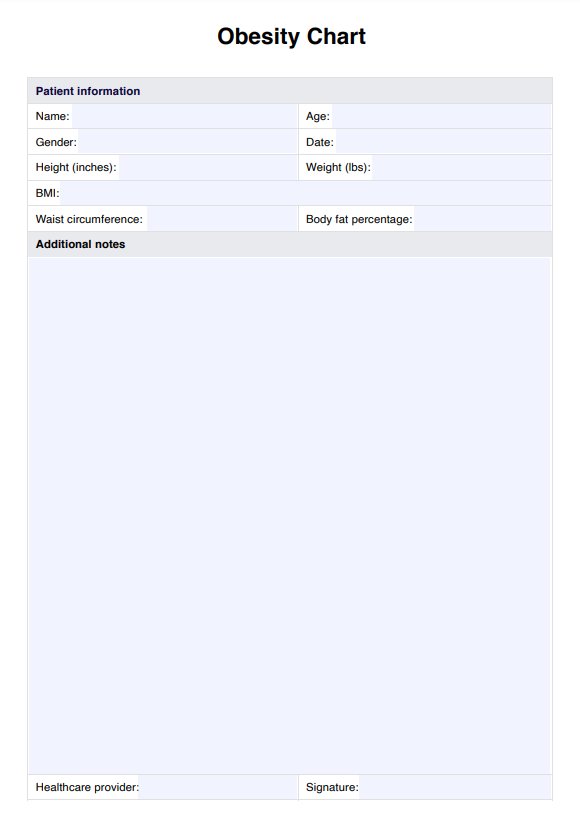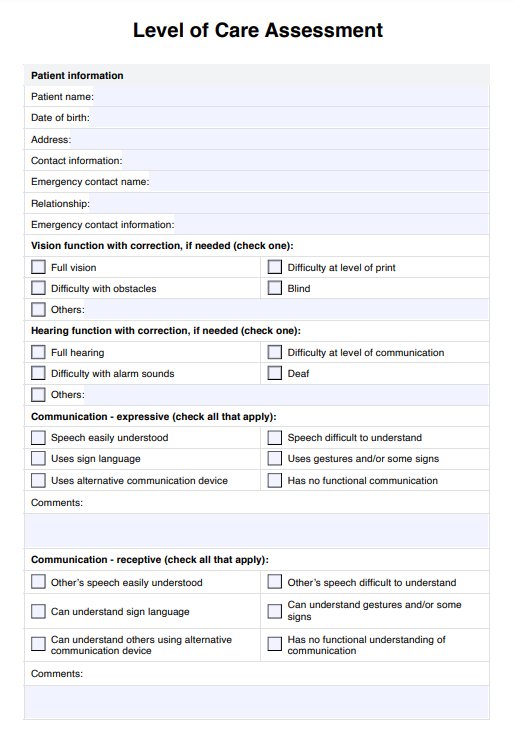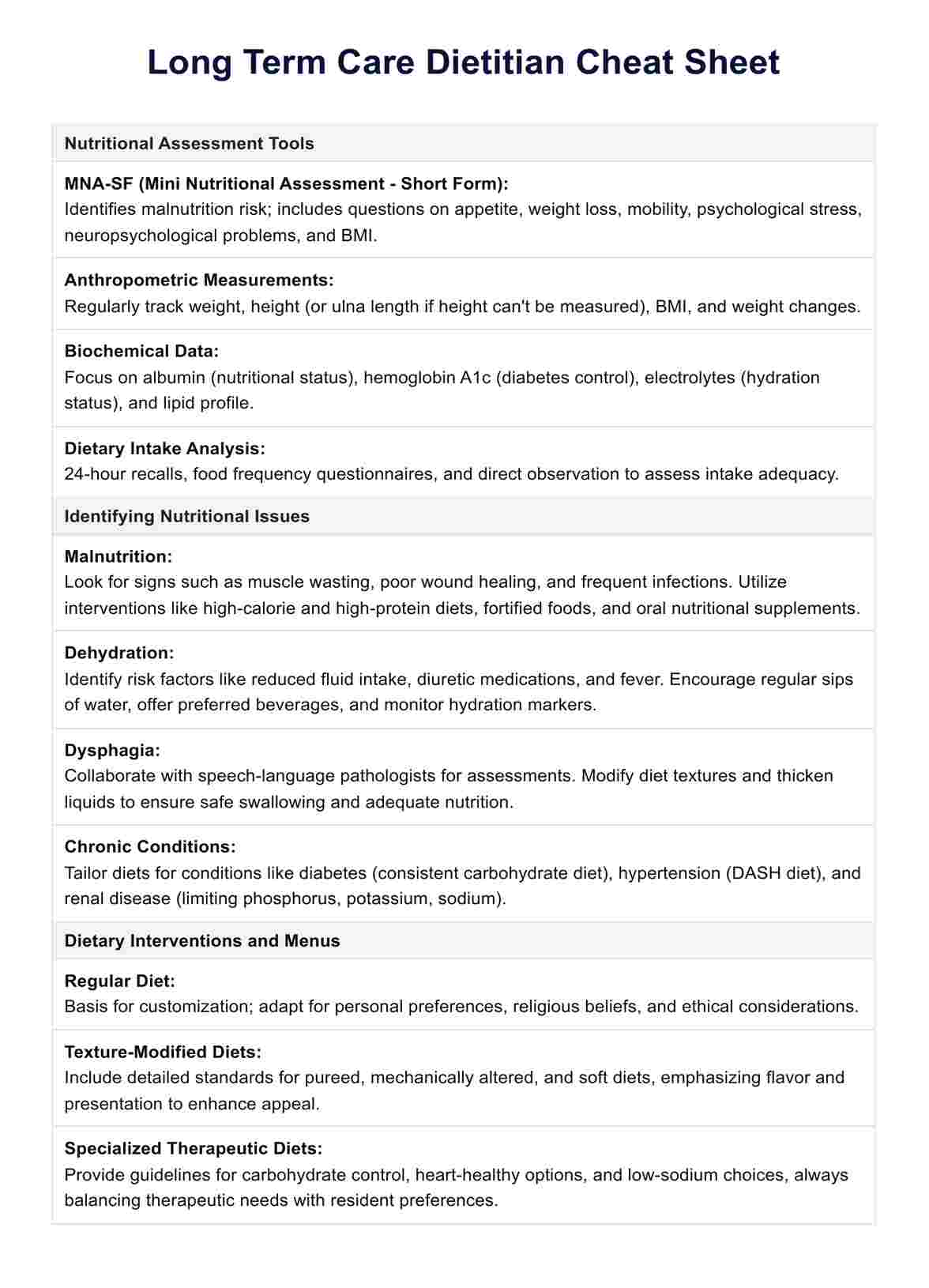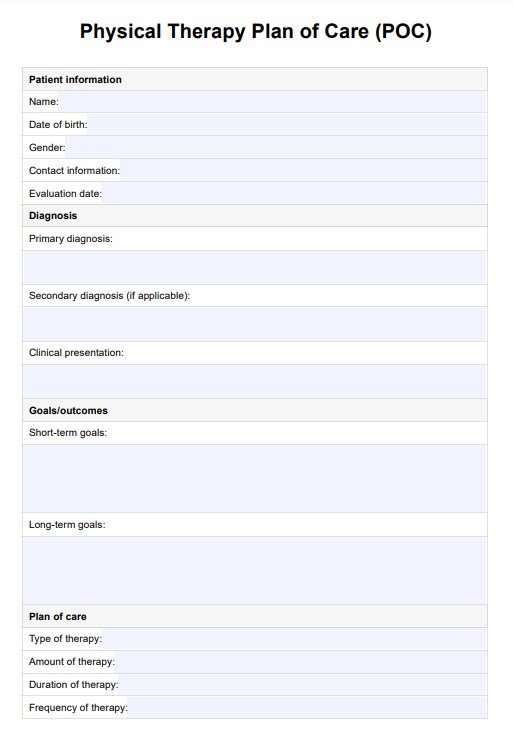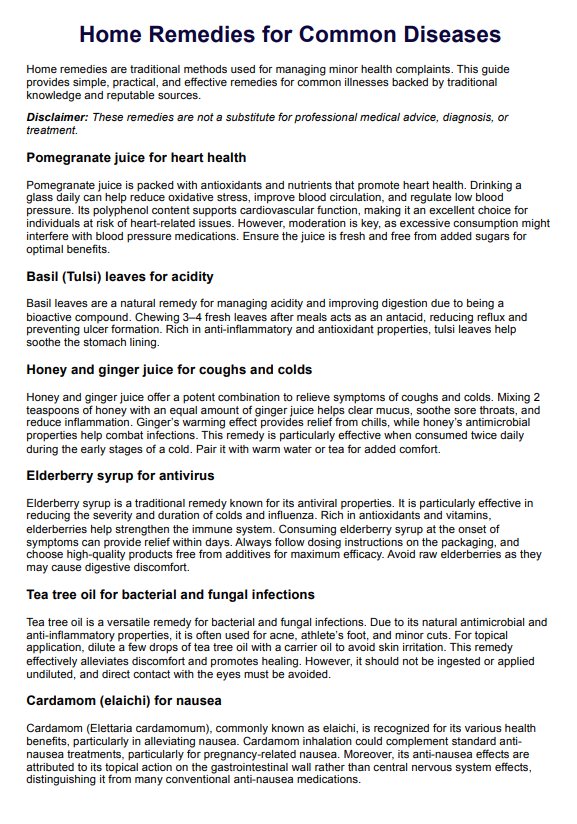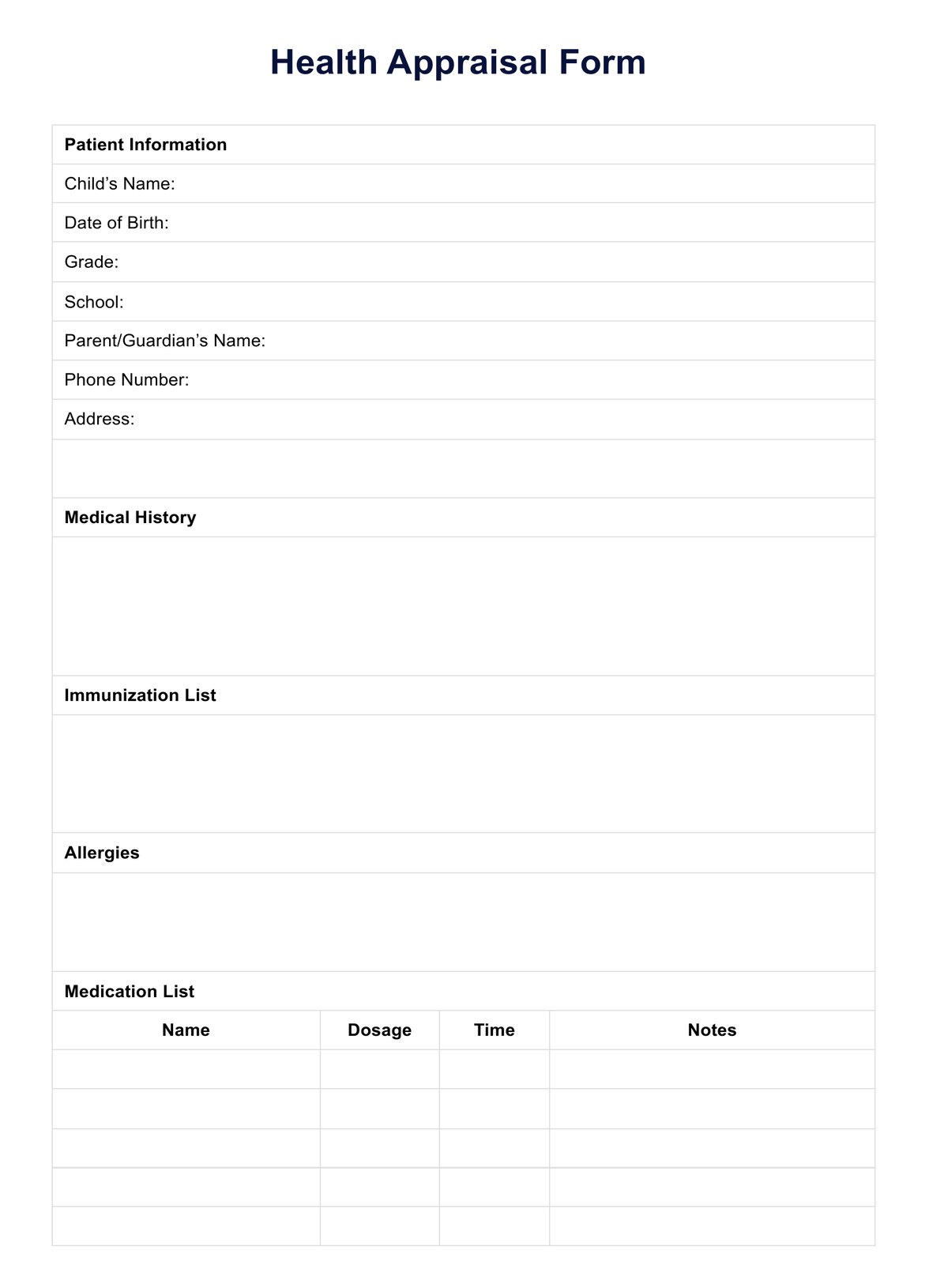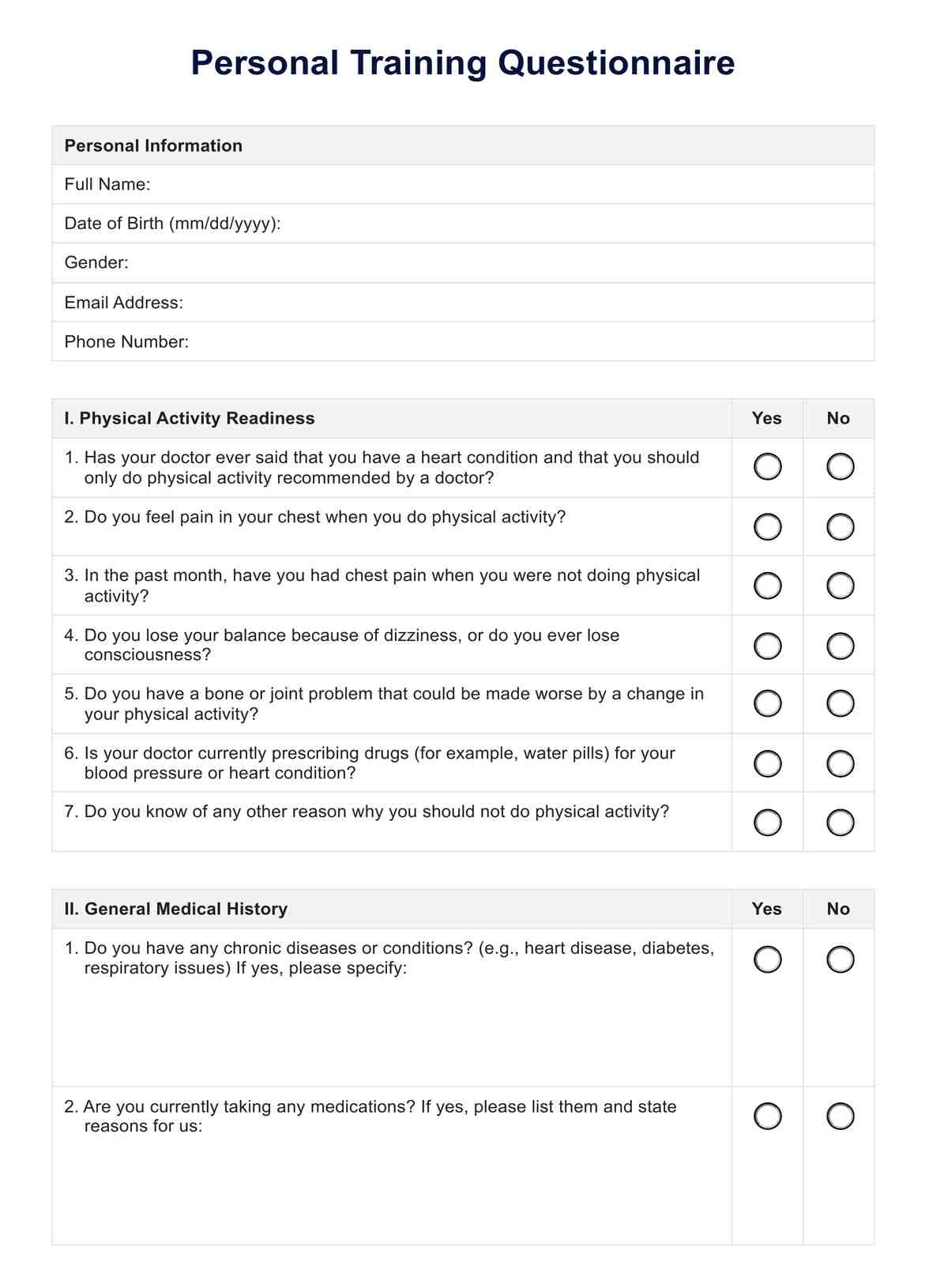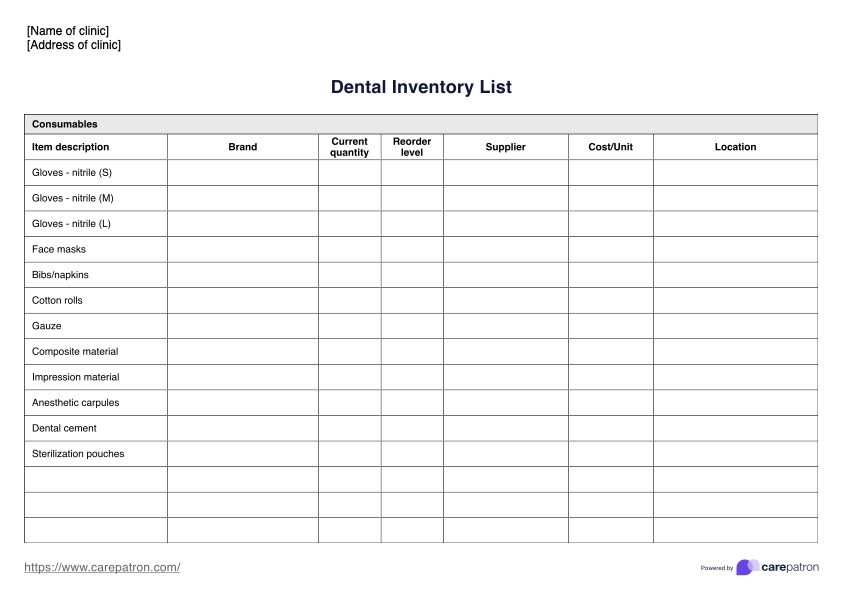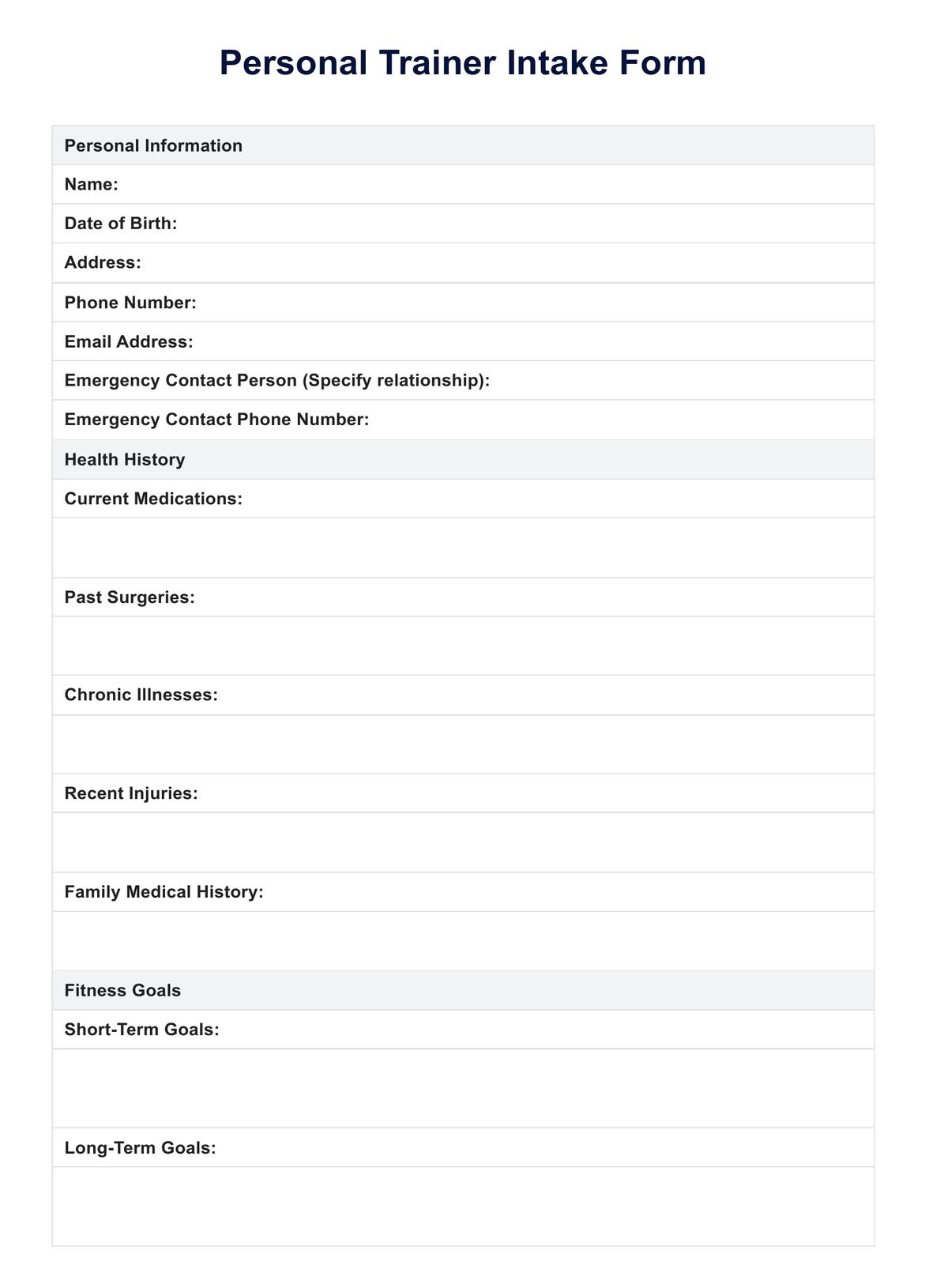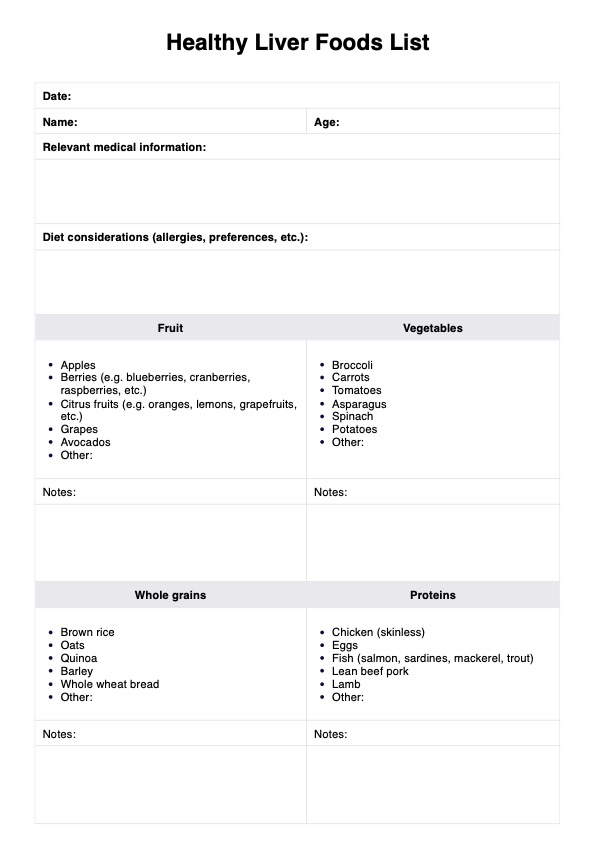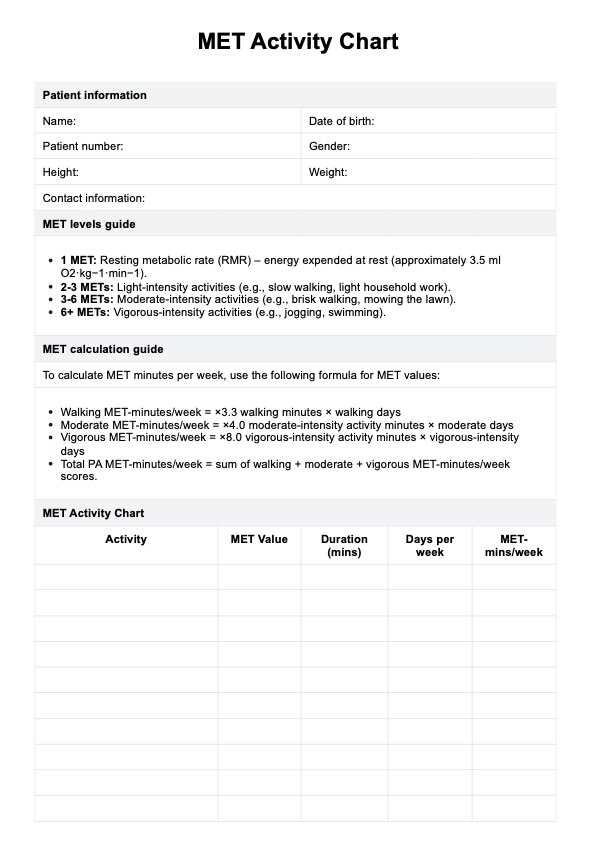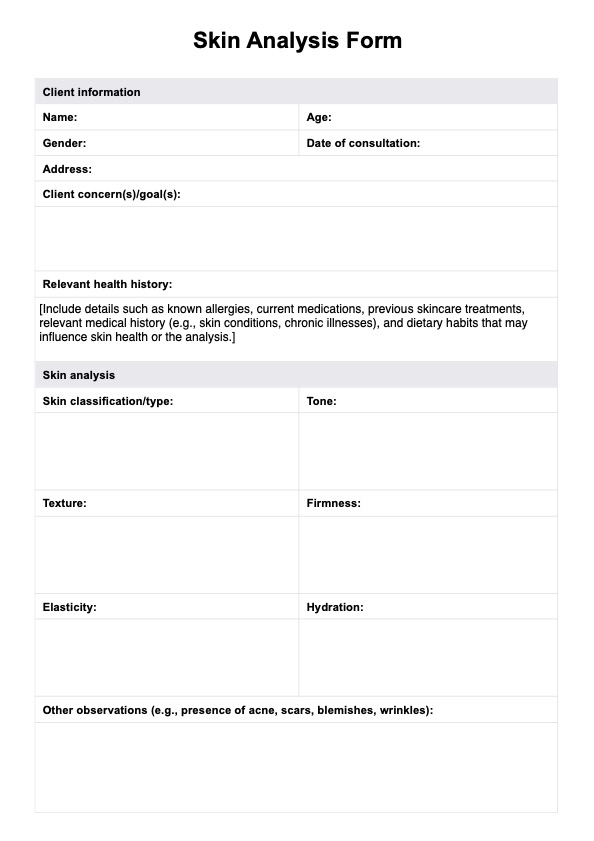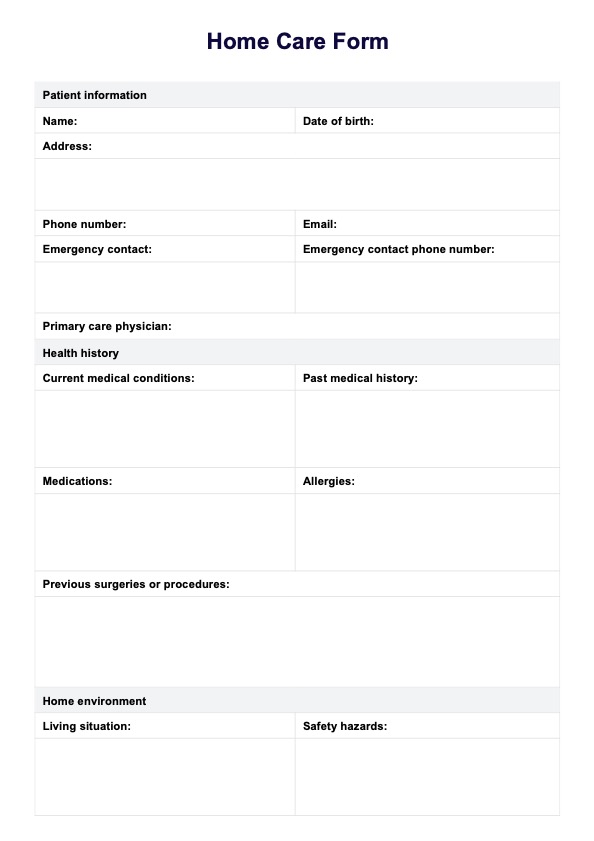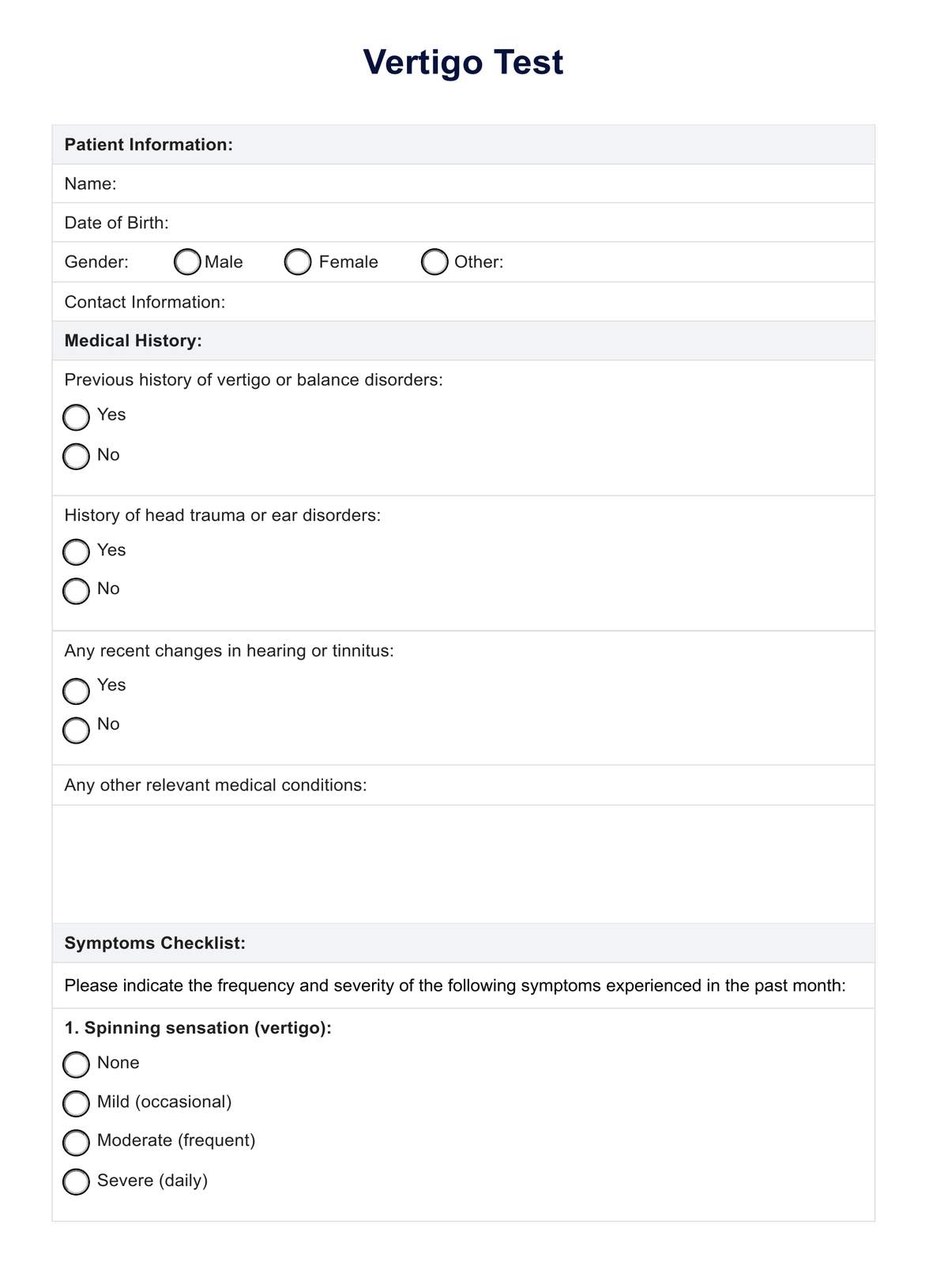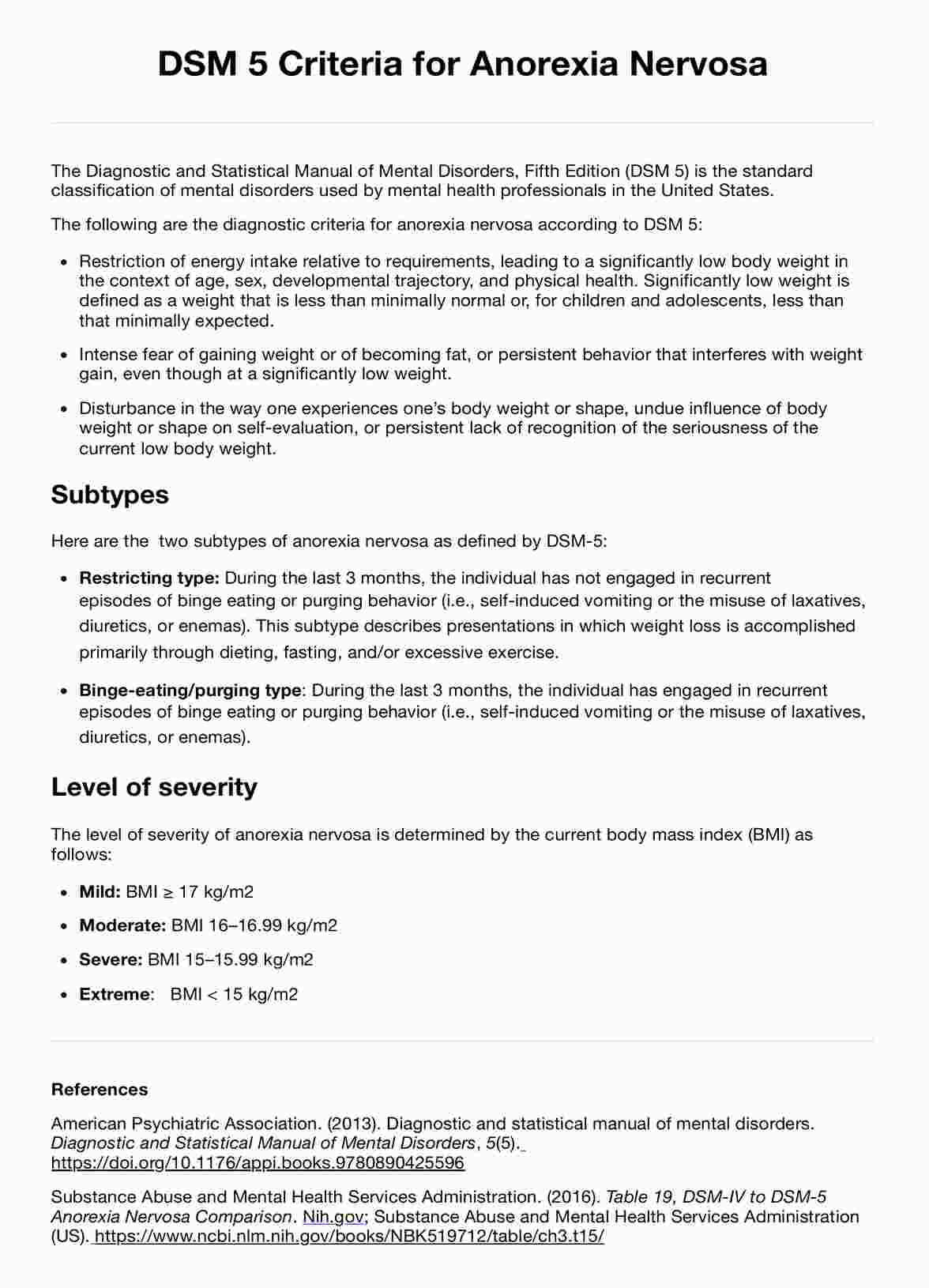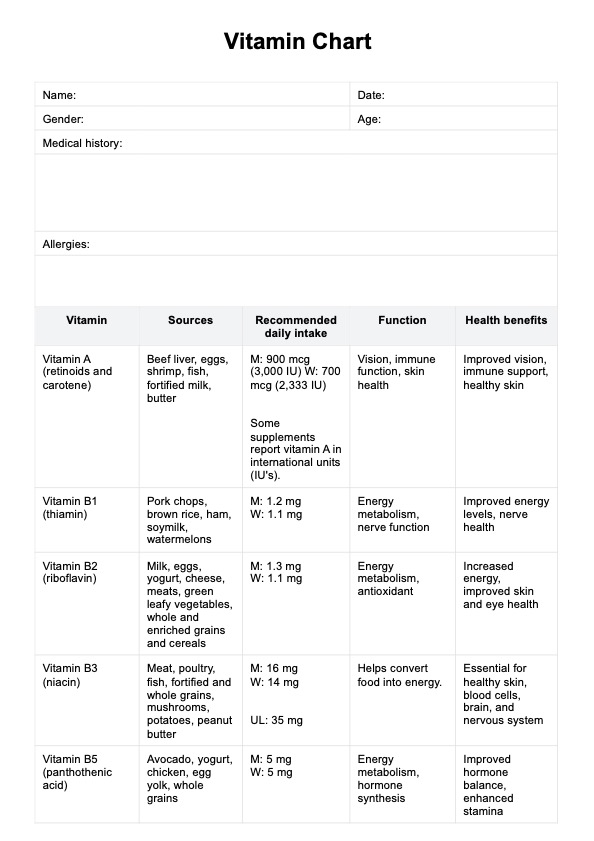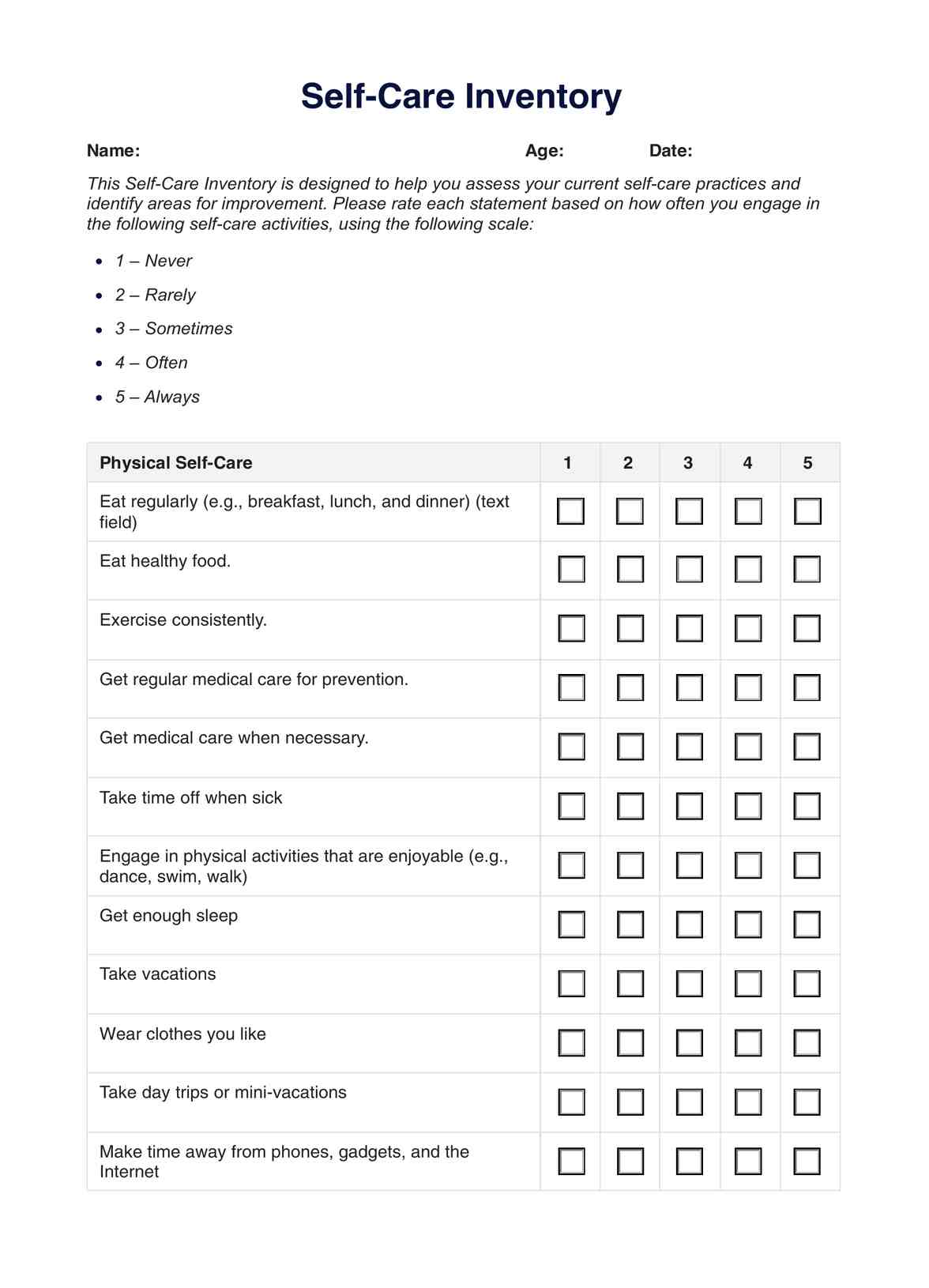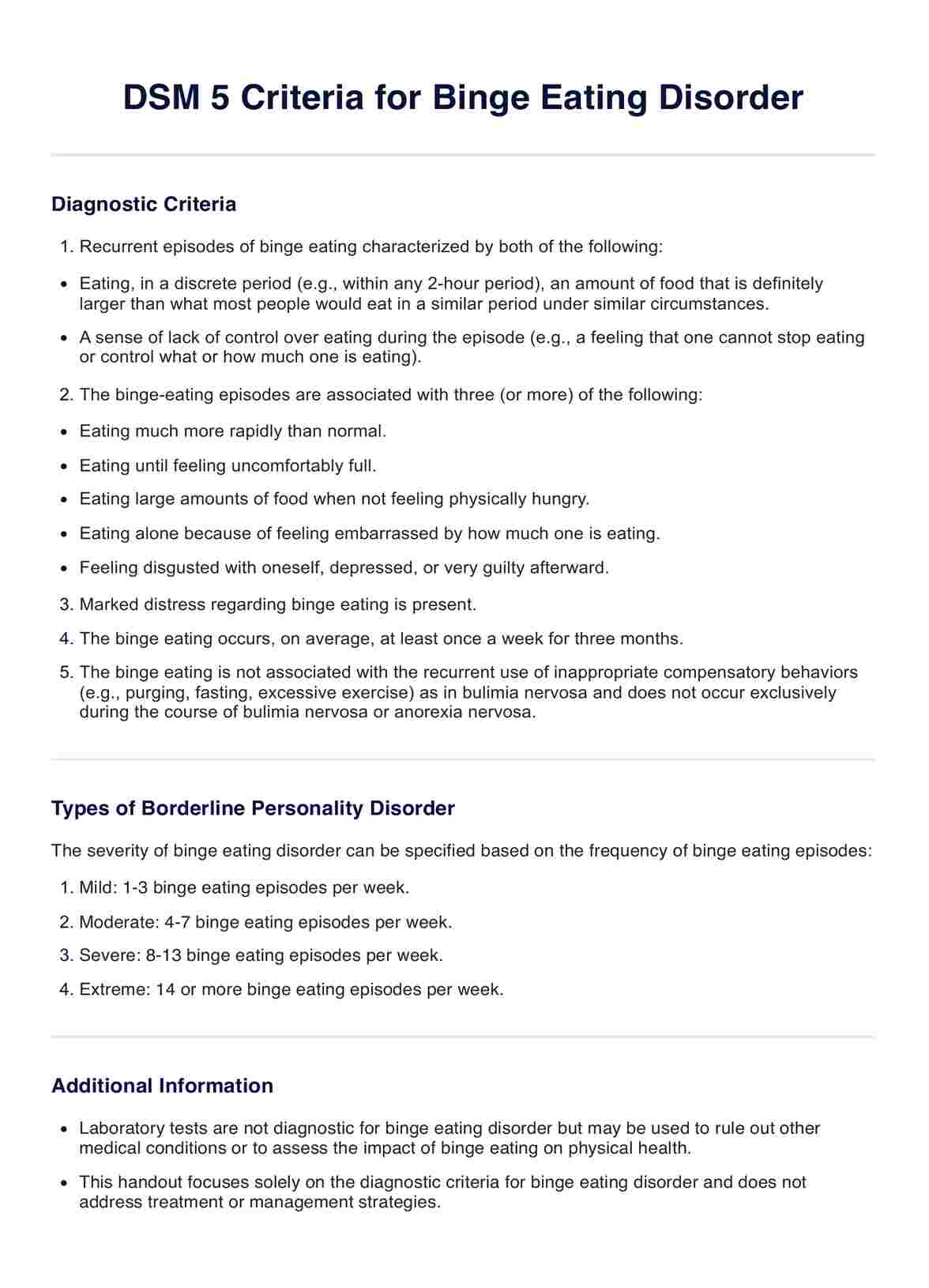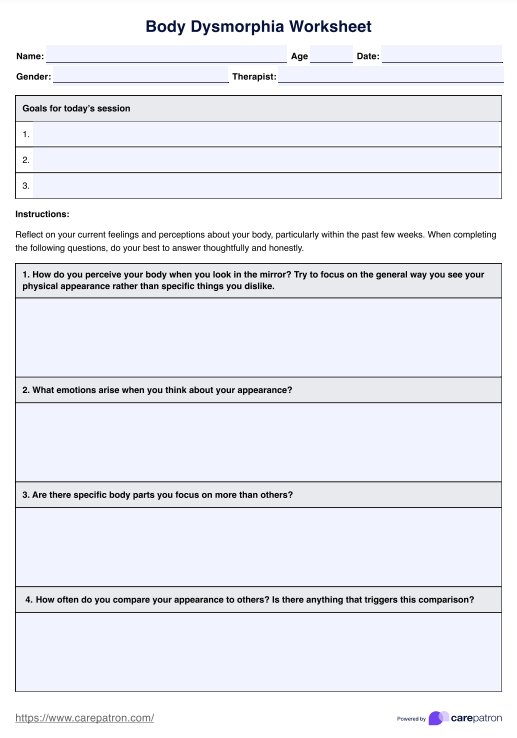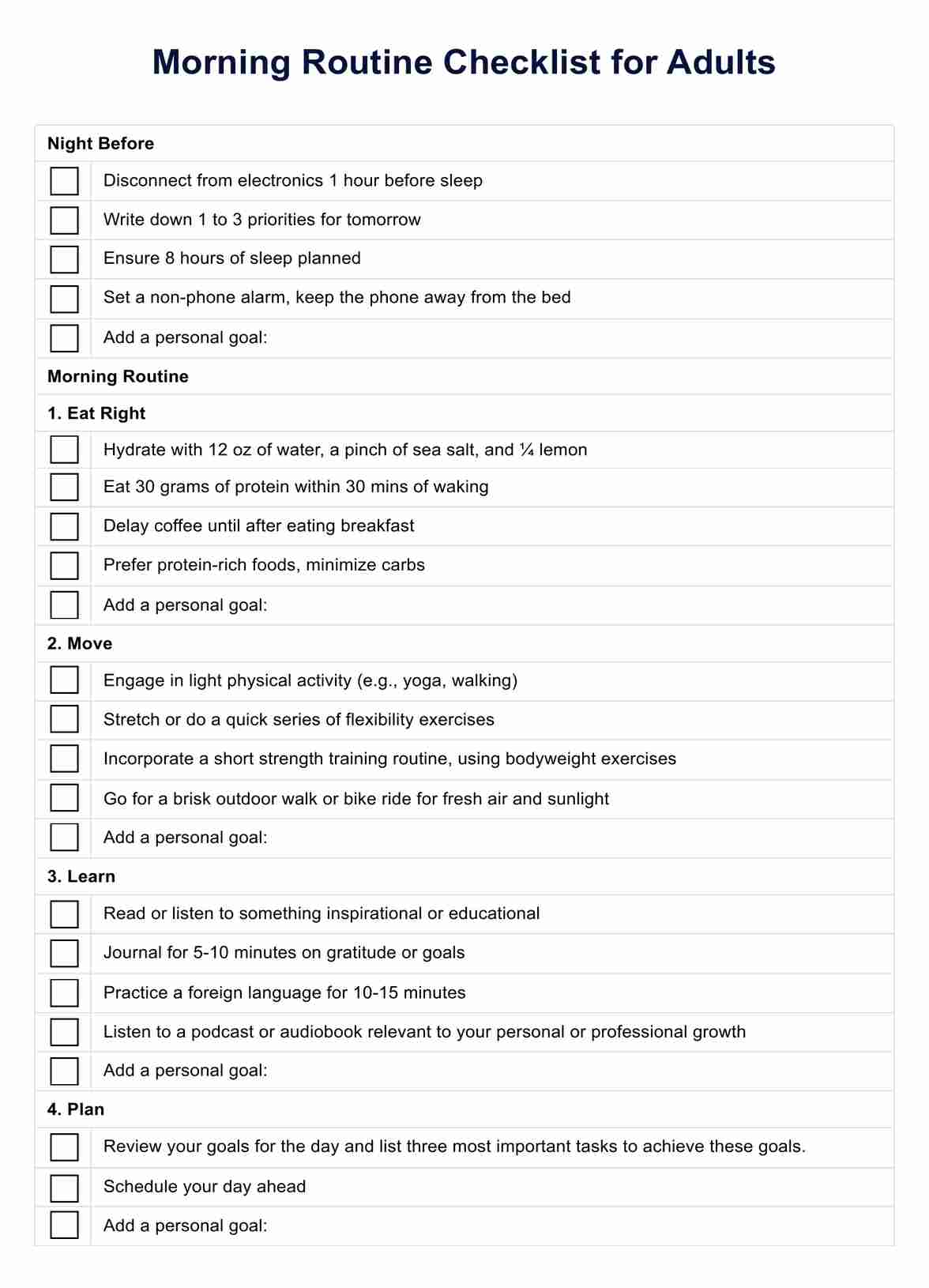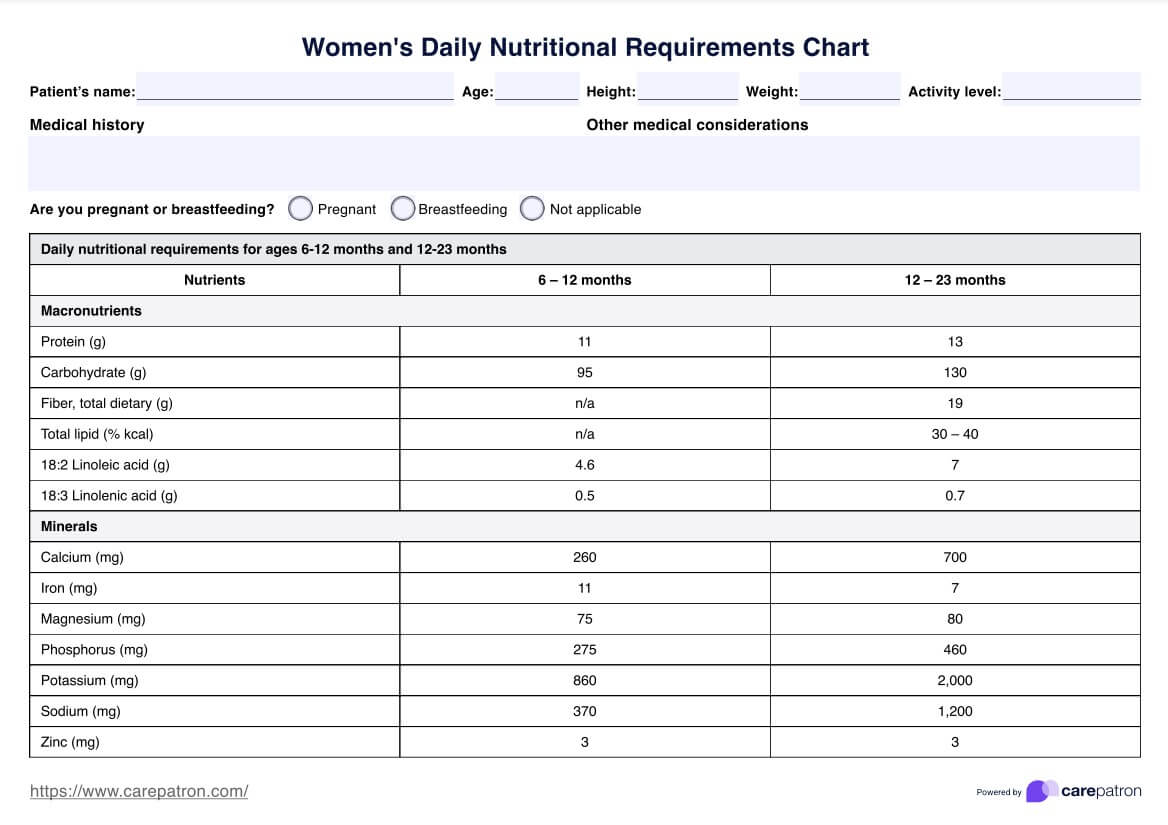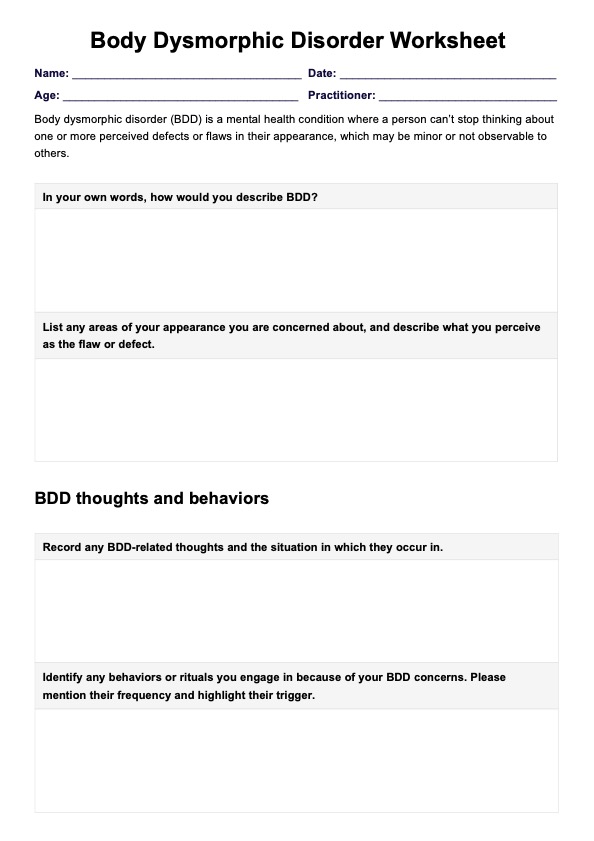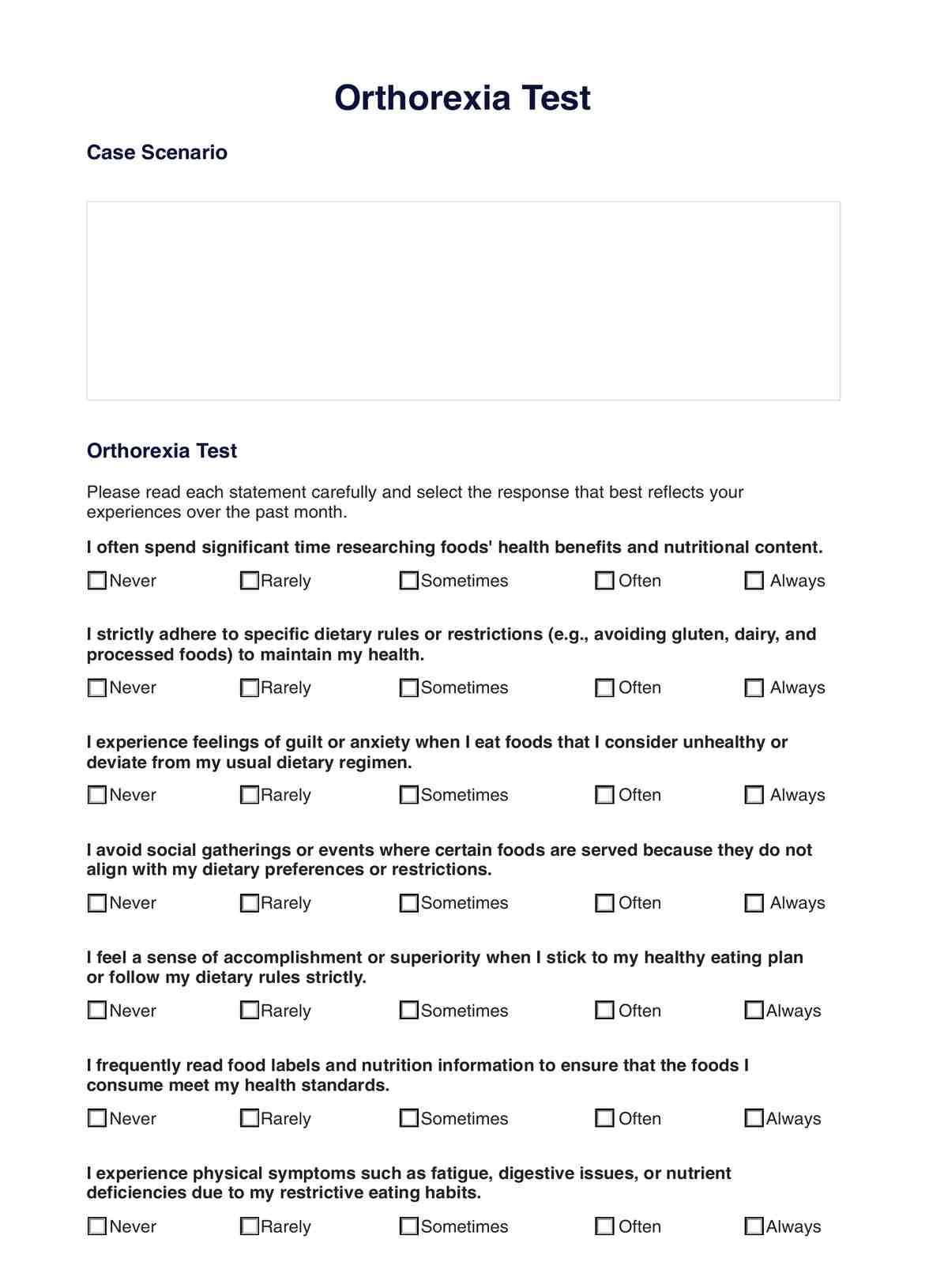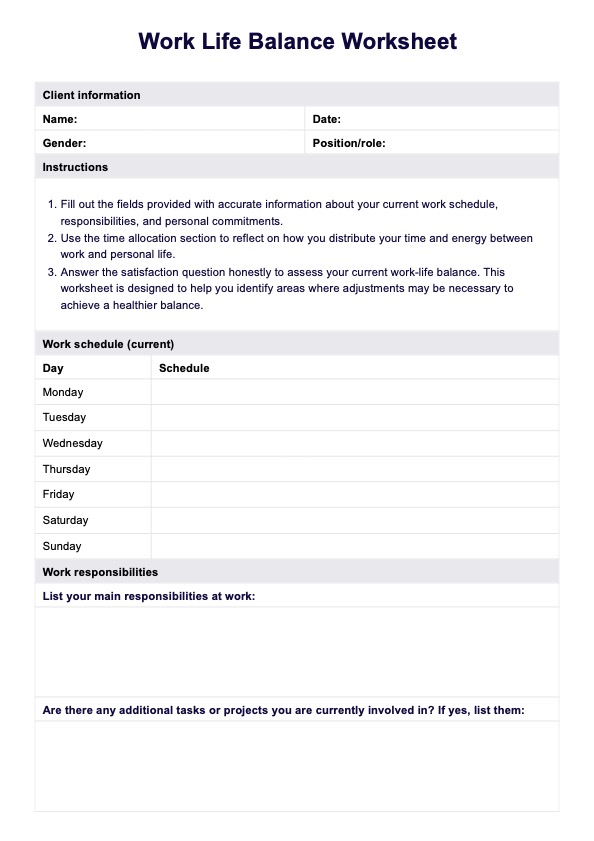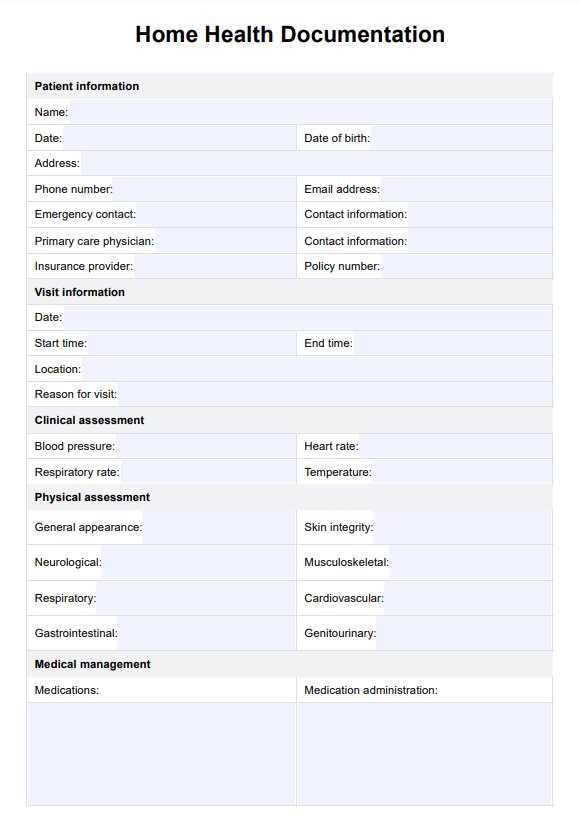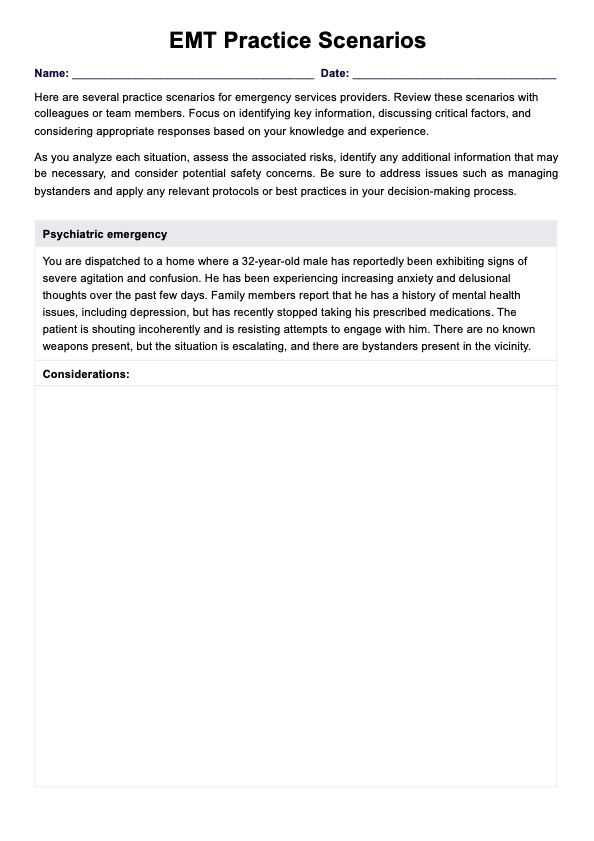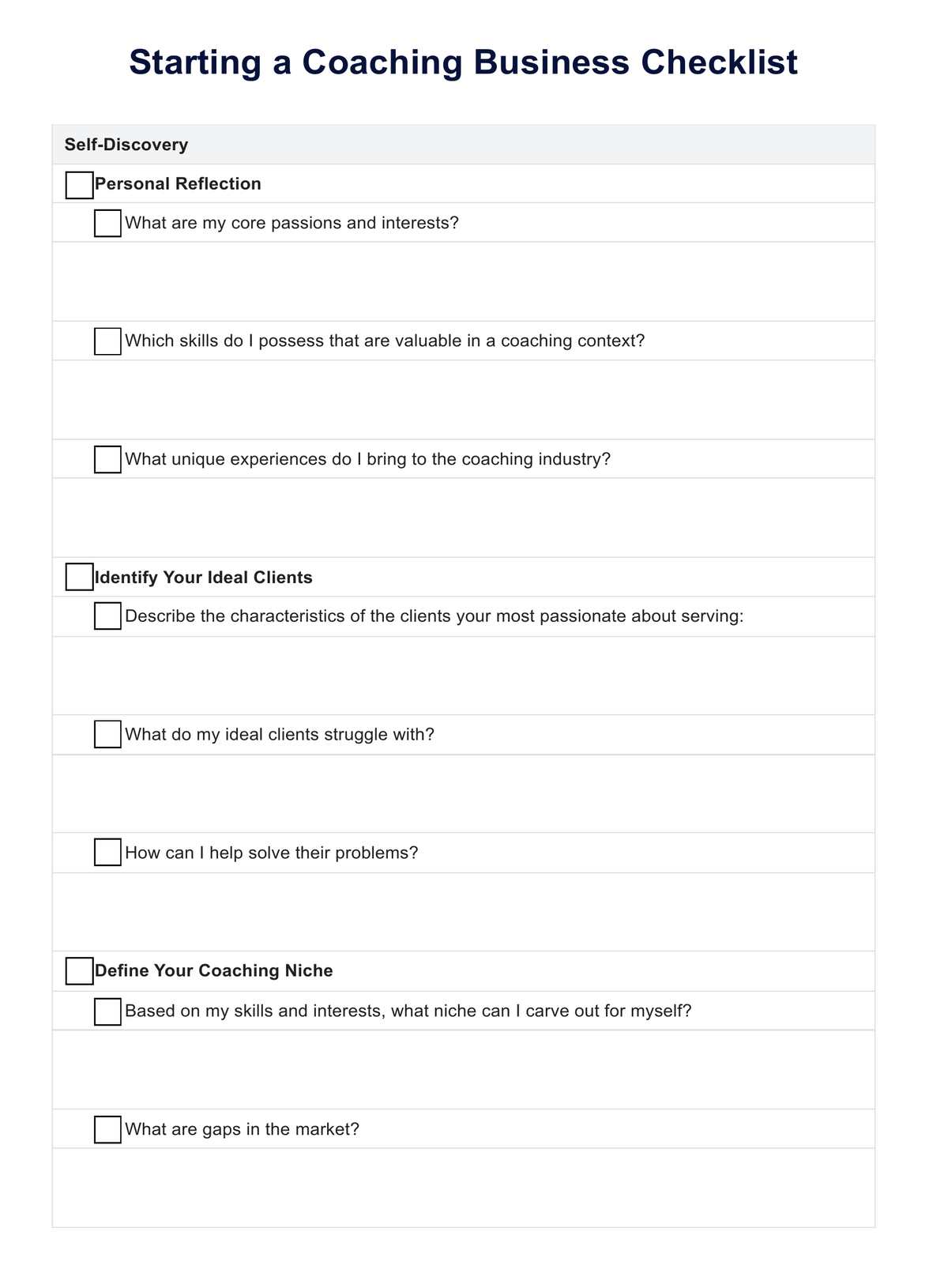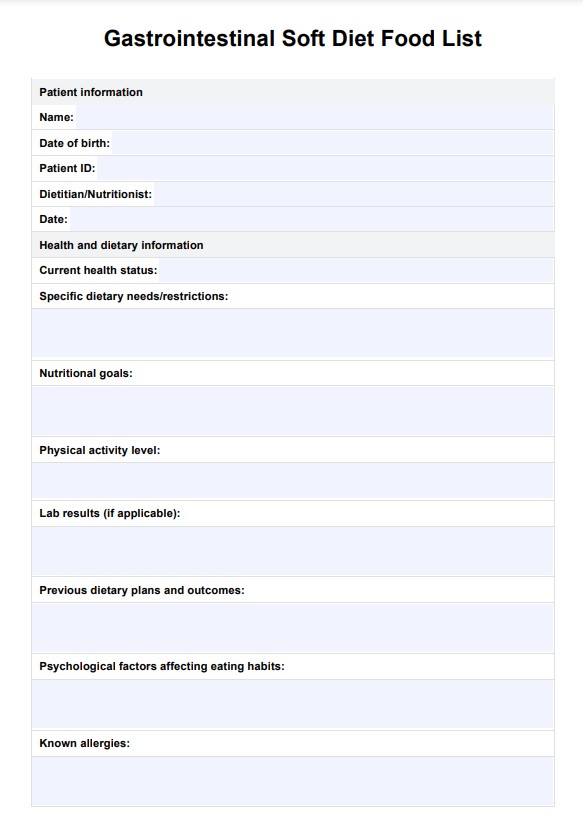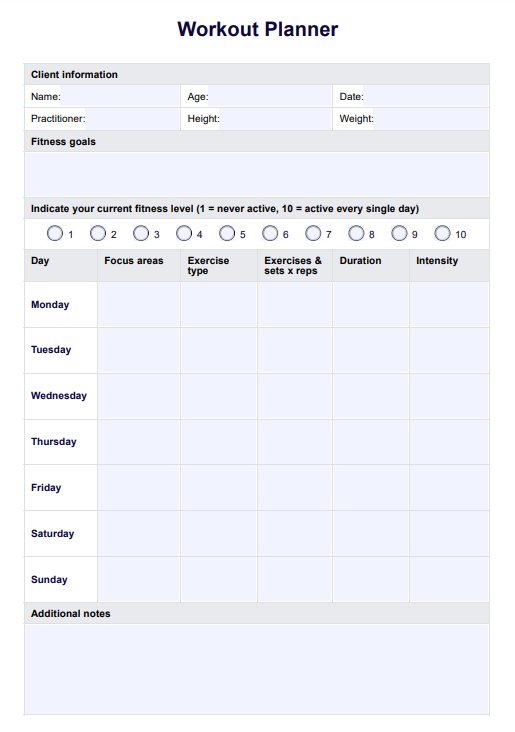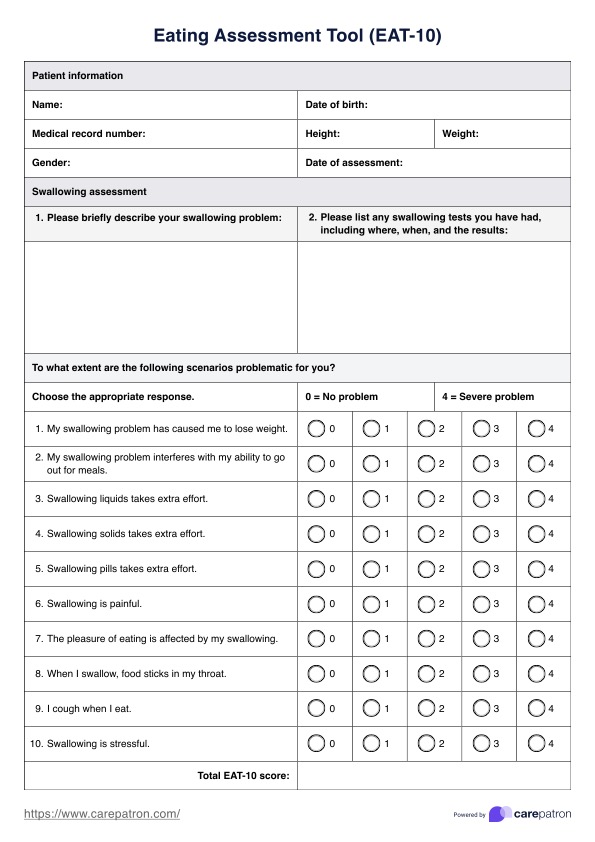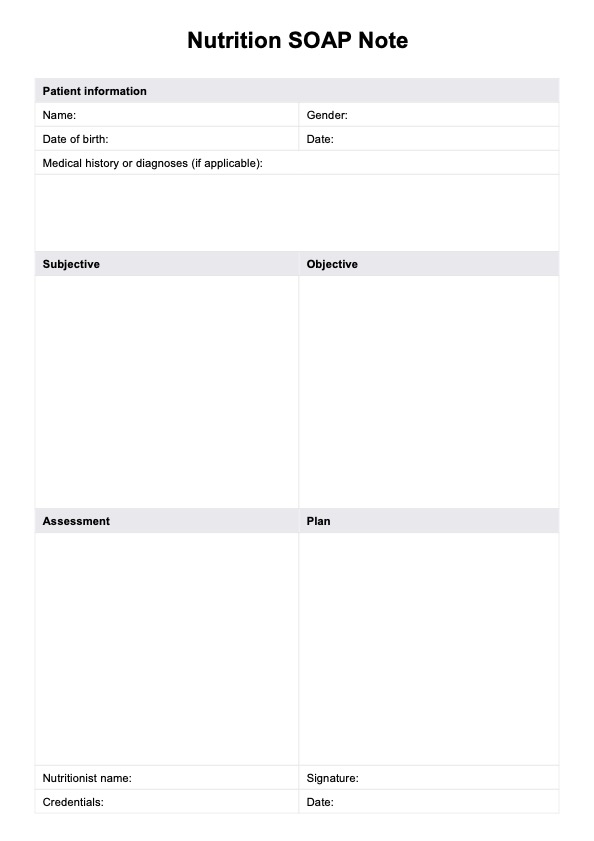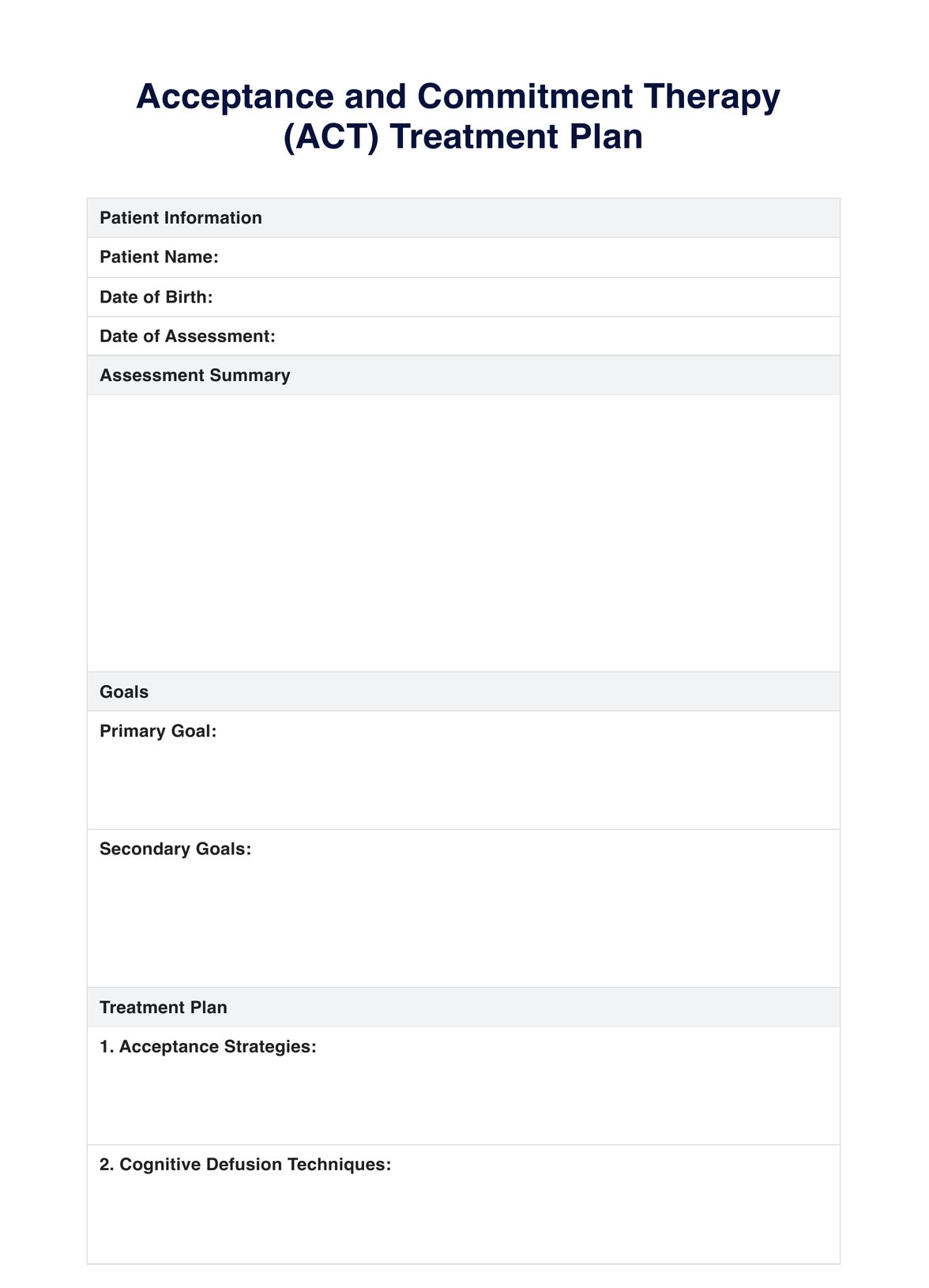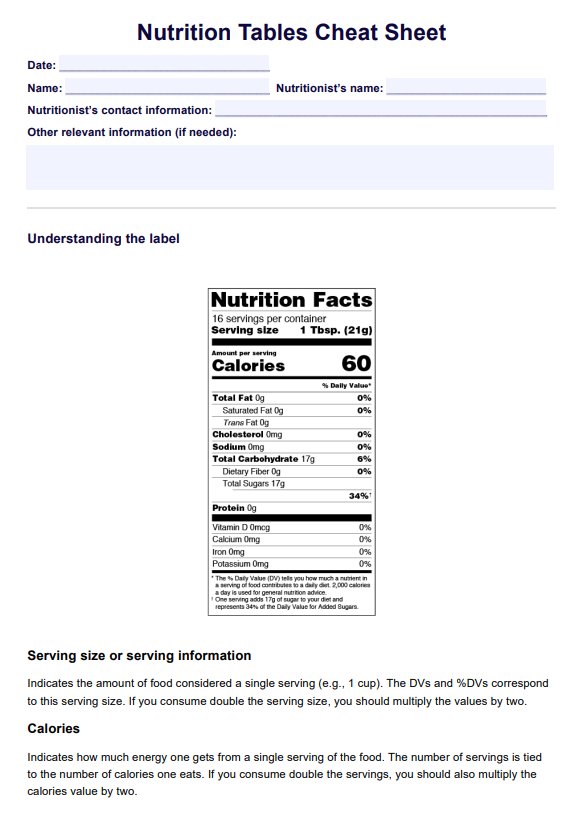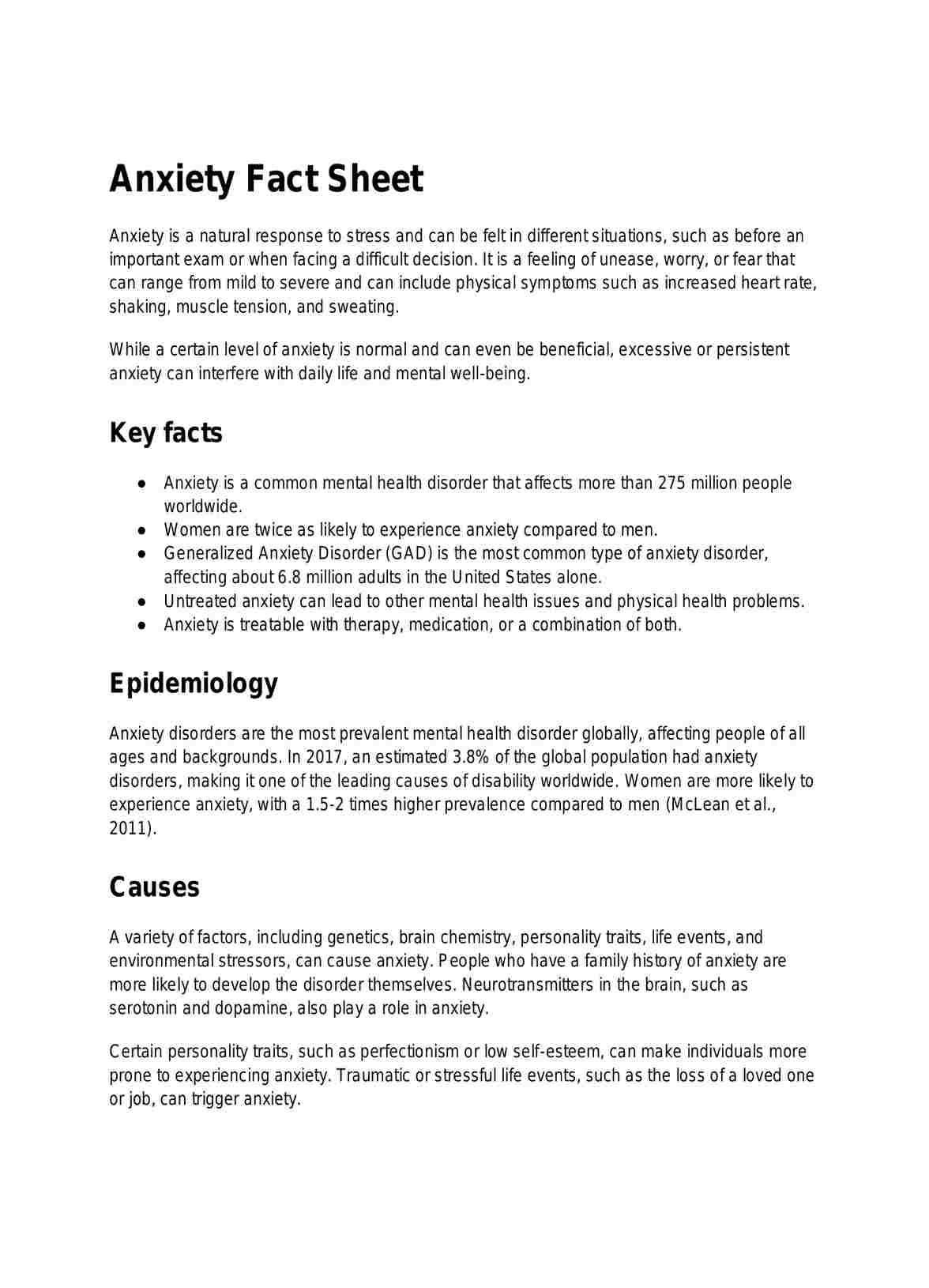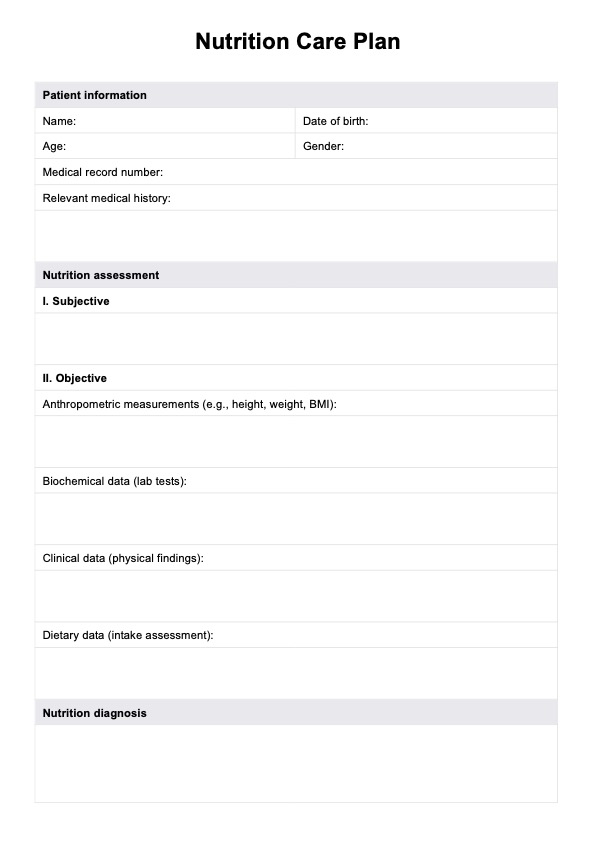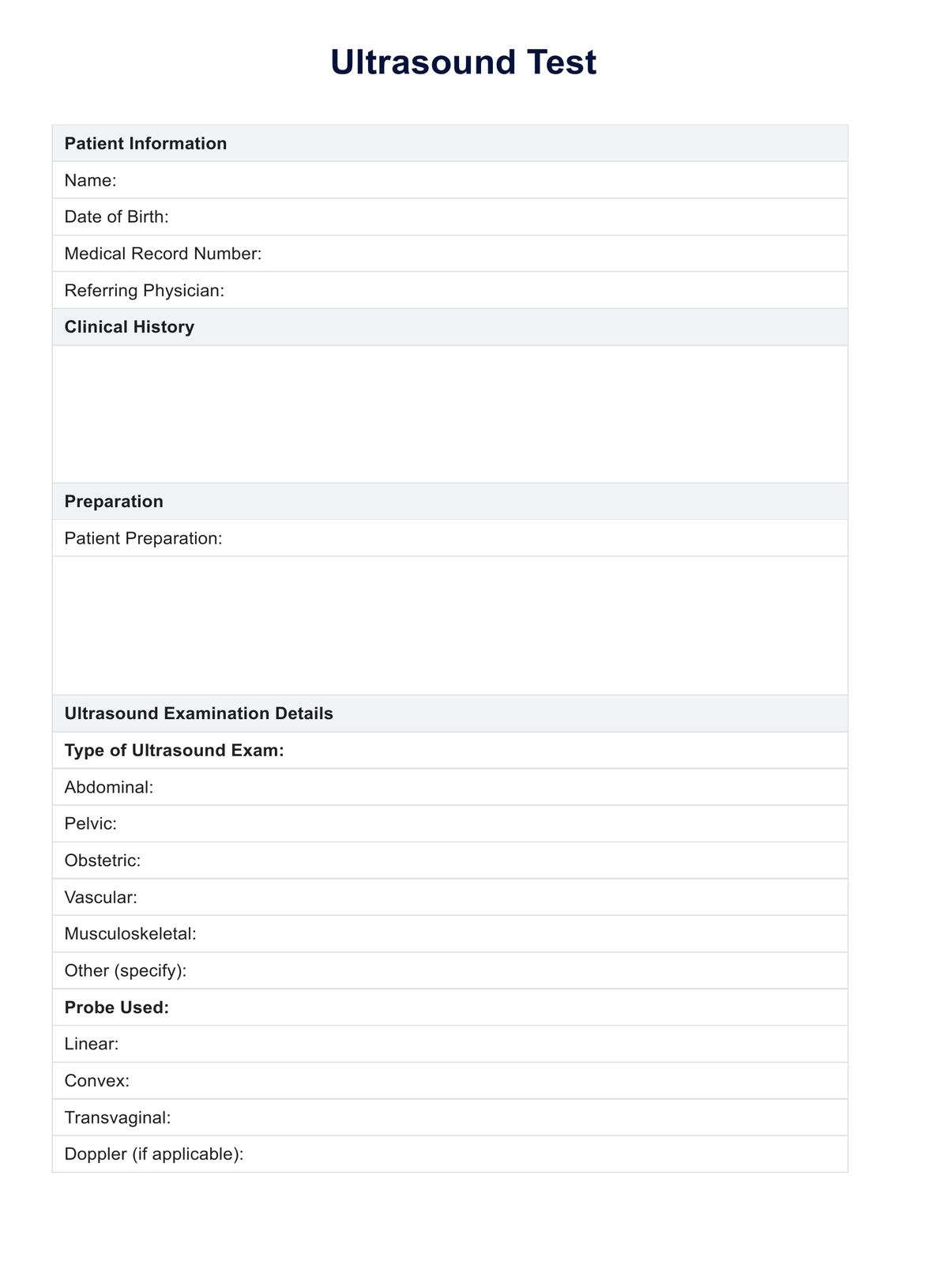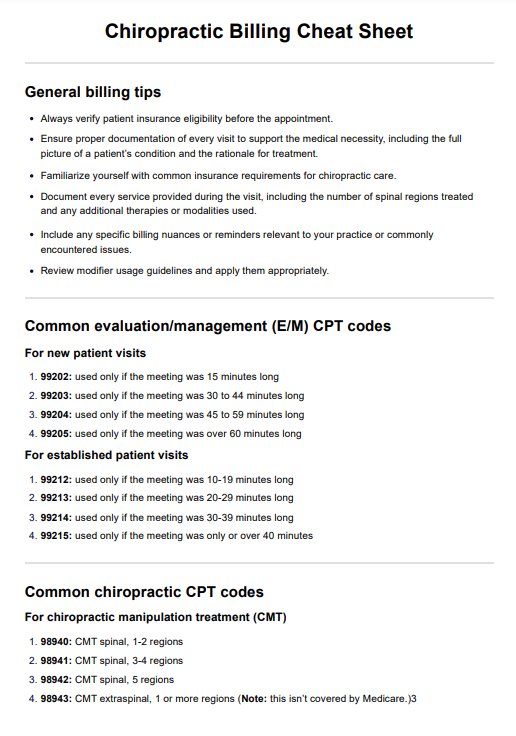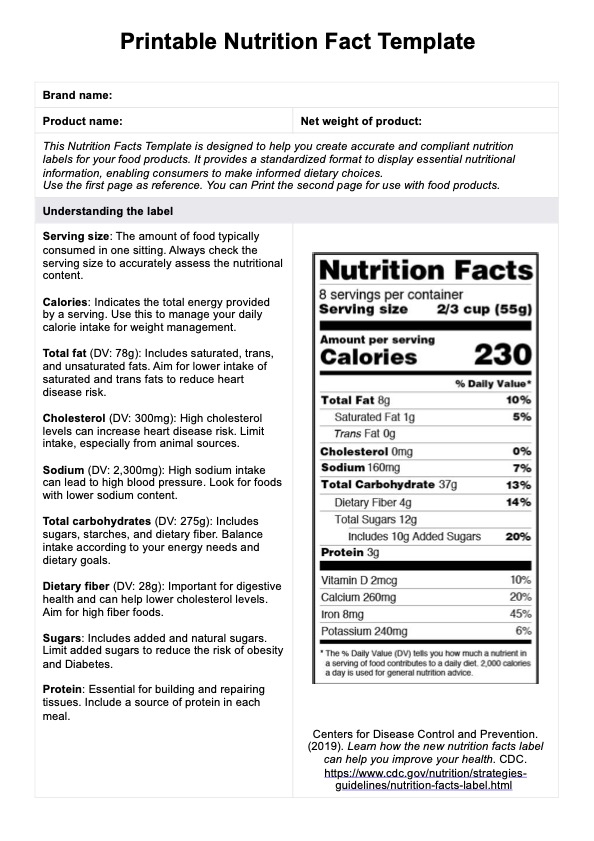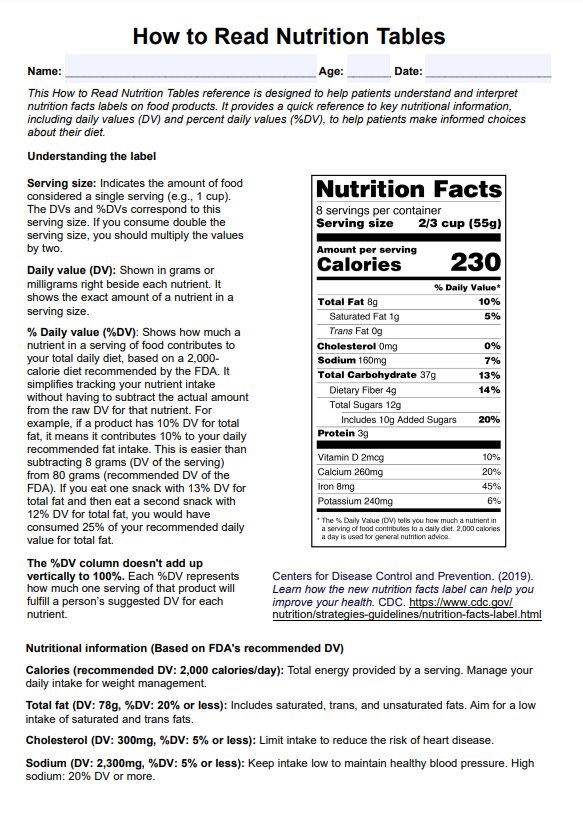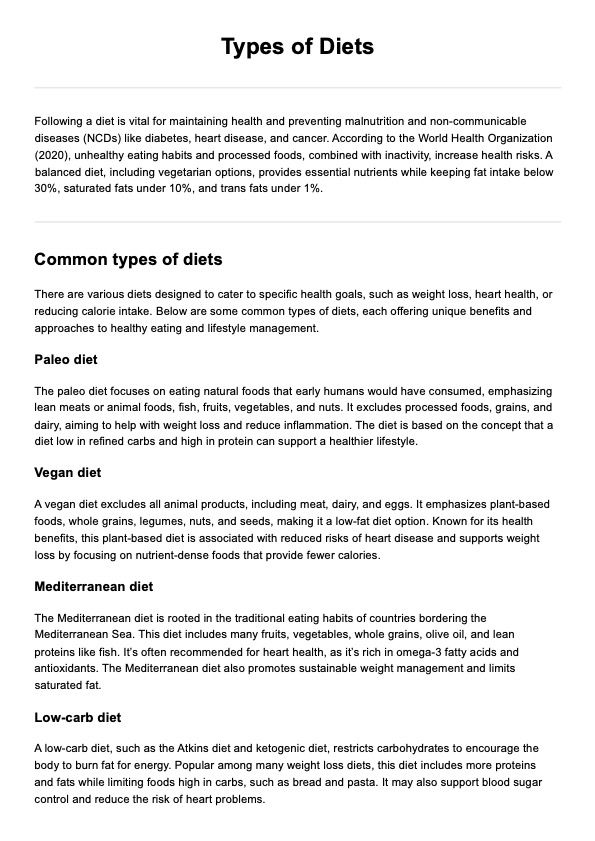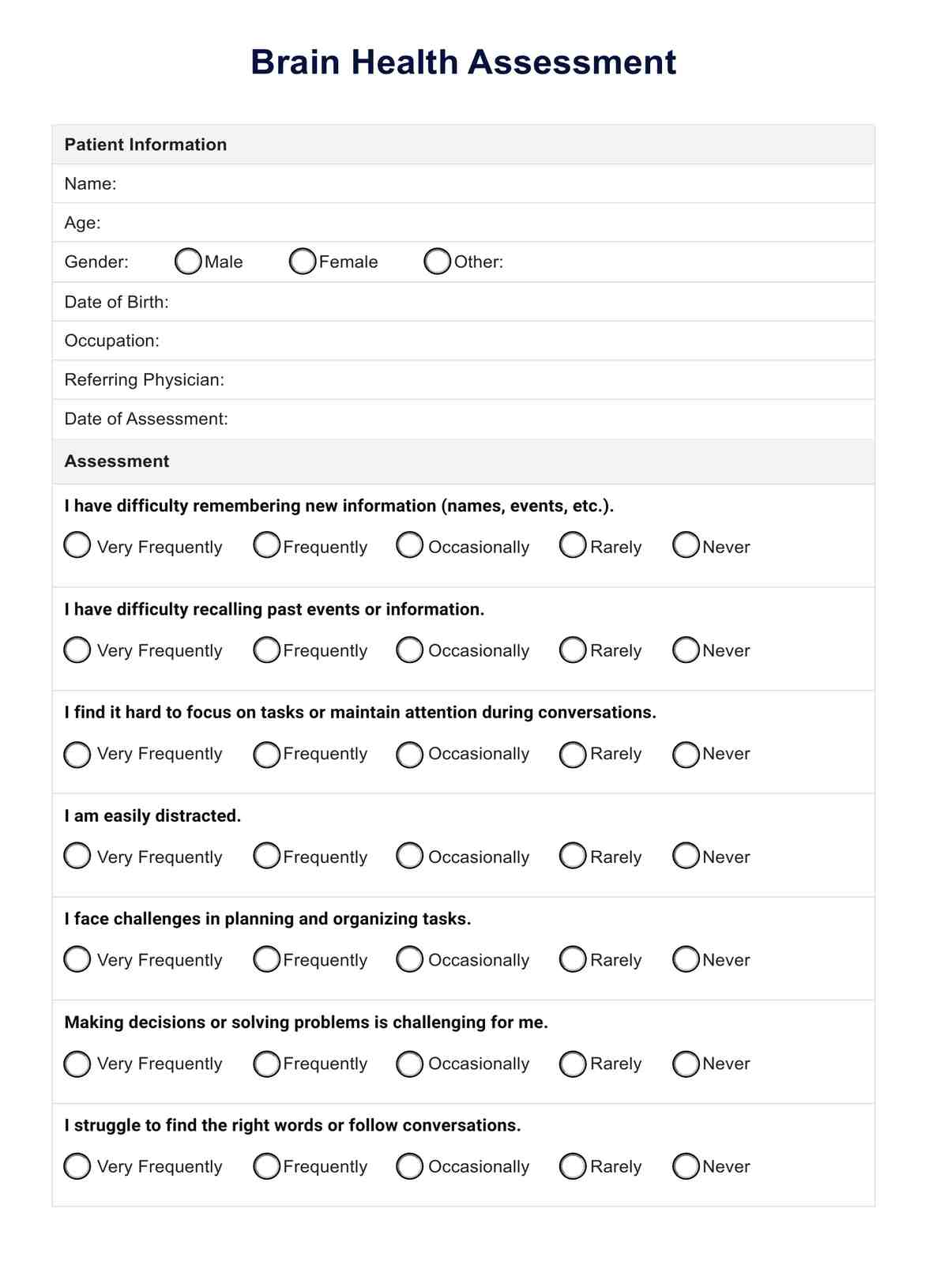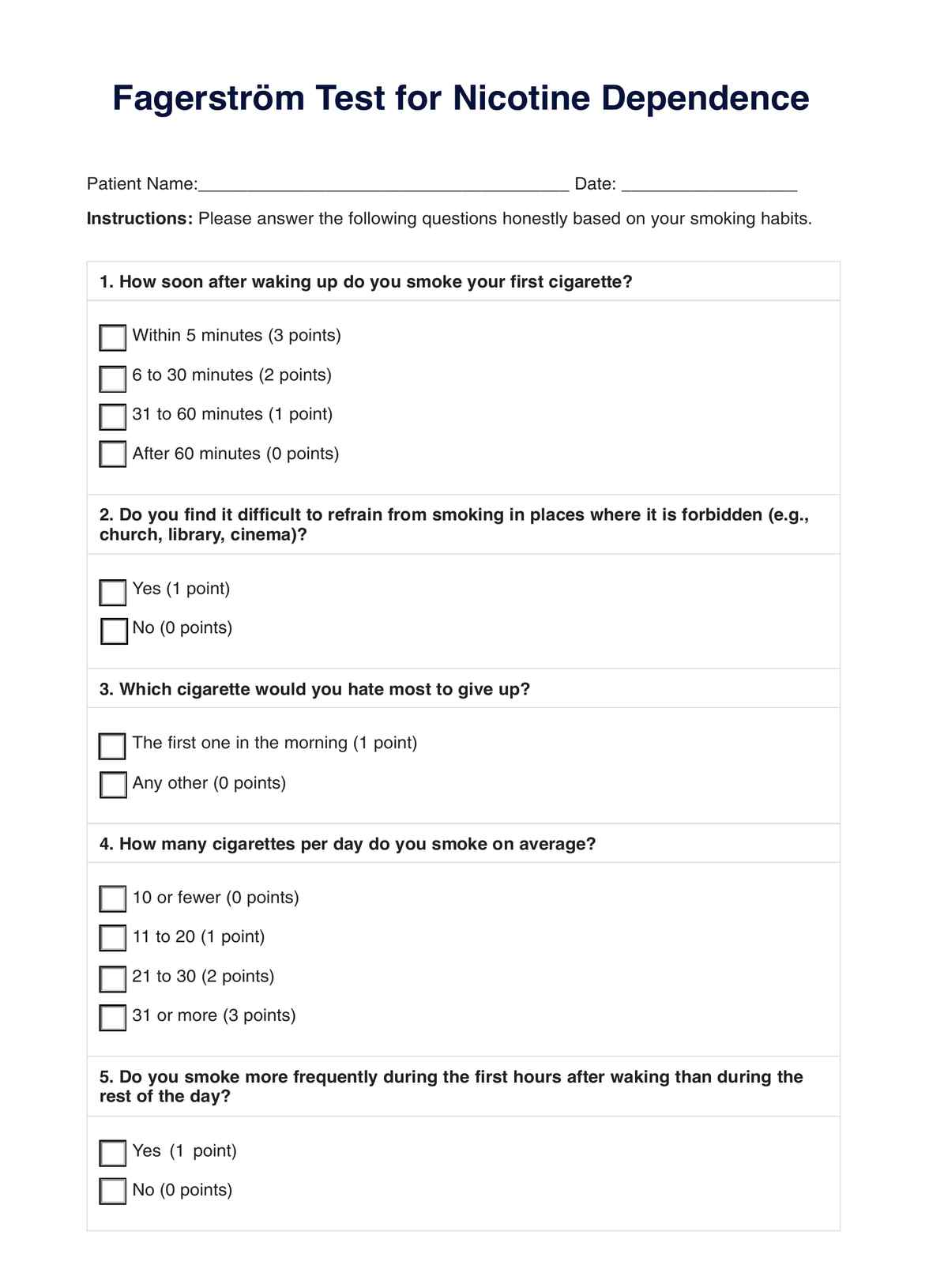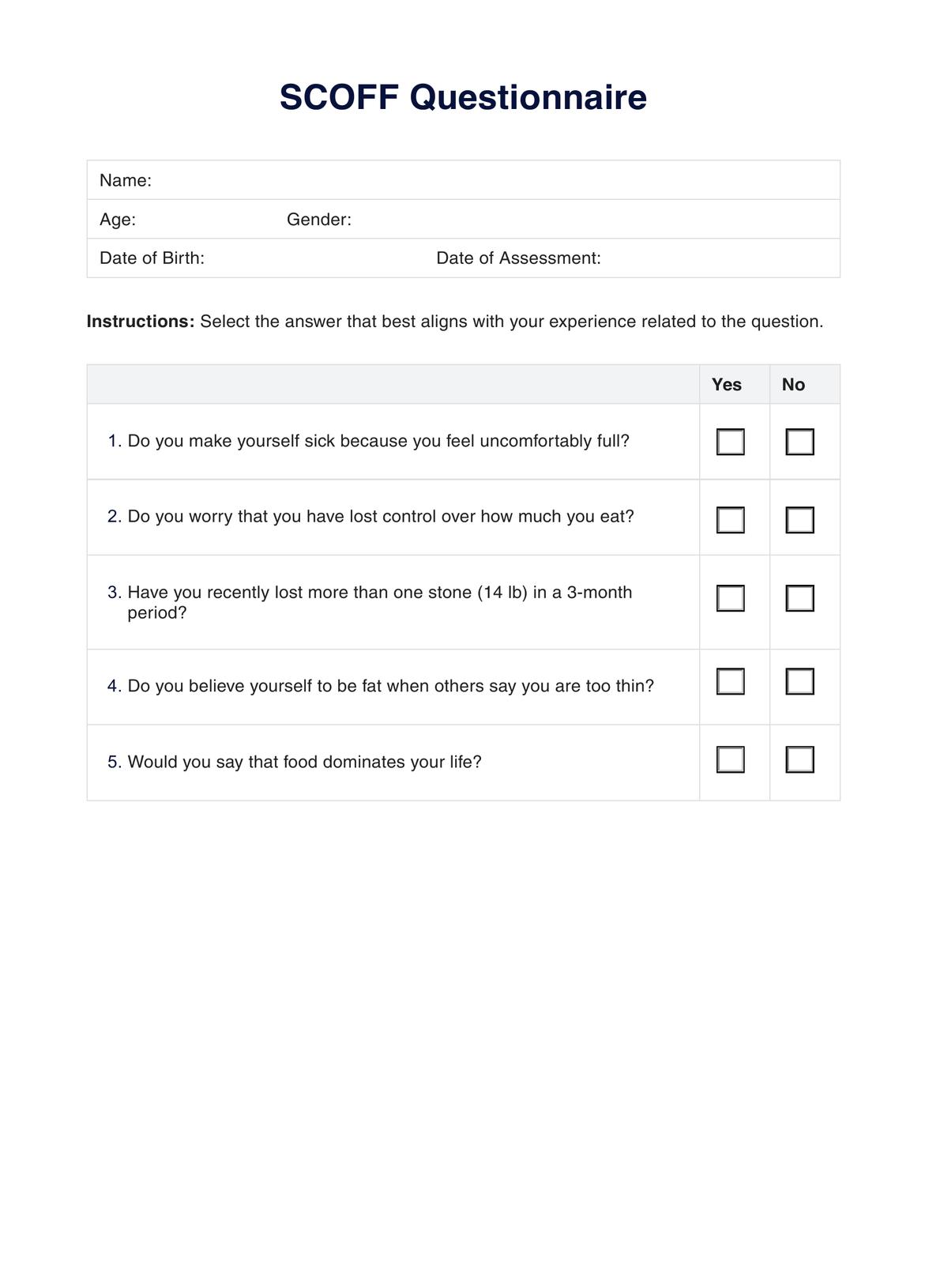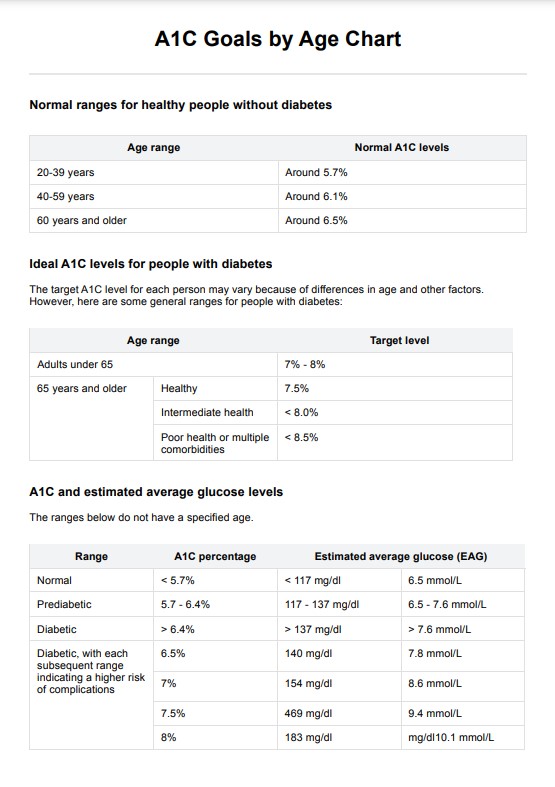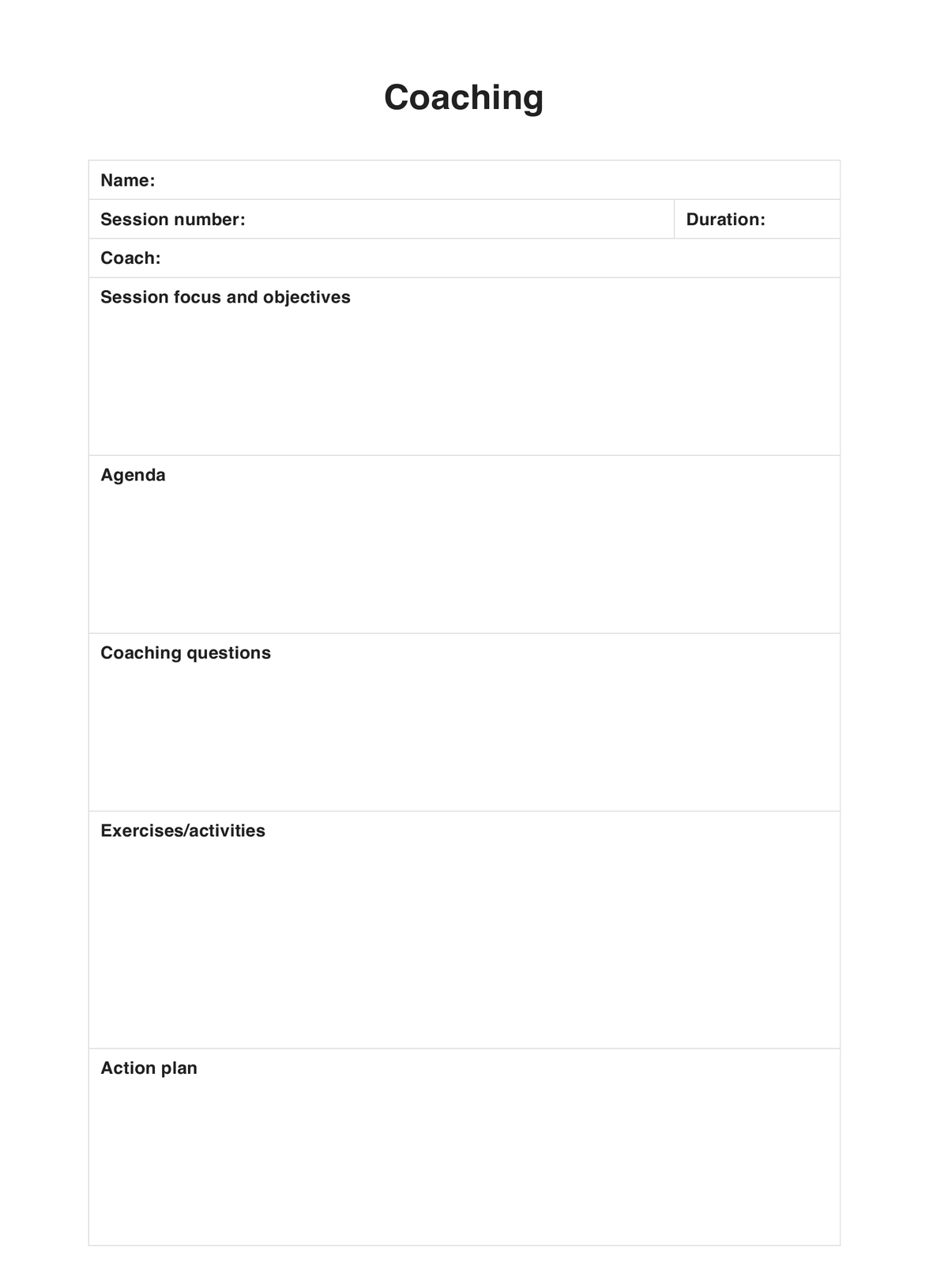Carnivore Diet Food List
Download the Carnivore Diet Food List Template to help clients easily plan meals and learn the best animal-based foods to eat on a carnivore diet.


What is a Carnivore Diet Food List?
A Carnivore Diet Food List outlines the animal-based foods allowed on the carnivore diet, eliminating plant-based foods like fruits, vegetables, and grains. This approach prioritizes animal protein and saturated fat, making it a specialized elimination diet similar to the ketogenic diet.
A standard carnivore diet food list includes:
- Animal foods: Beef, pork, lamb, poultry (chicken thighs, chicken wings), and fish from ruminant animals.
- Organ meats: Liver, heart, kidneys—rich in nutrients.
- Animal fats: Tallow, duck fat, lard, and bone broth for optimal fat intake.
- Dairy products: Butter, cheese, heavy cream (optional in some plans).
- Eggs: A common animal protein source.
- Salt and water: Essential for hydration and electrolyte balance.
A carnivore meal plan excludes processed foods, sugars (sugar-free focus), and plant-based items. This diet food list helps individuals follow the carnivore diet correctly and make informed dietary choices.
Carnivore Diet Food List Template
Carnivore Diet Food List Example
How to use our Carnivore Diet Food List template
The carnivore diet is a straightforward approach emphasizing consuming animal-based foods while minimizing or eliminating plant-based foods. To successfully adopt and follow this diet, one can follow these steps: This Carnivore Diet Food List Template helps practitioners guide patients in following a structured carnivore diet meal plan while addressing individual needs.
Step 1: Download the template
Click the "Use template" button to access the Carnivore Diet Food List via the Carepatron app. This also lets you modify the template via the app before use. For a simple PDF version, you can choose "Download."
Step 2: Fill in patient information
Record the patient's name, date, and practitioner details. Include any specific notes or dietary considerations to personalize the plan.
Step 3: Review the approved doods
The table provides a list of animal-based foods, including animal proteins, organ meats, bone broth, and animal fats. Encourage patients to focus on ruminant animals, ground beef, chicken thighs, and chicken wings for optimal nutrition.
Step 4: Discuss dietary restrictions
Ensure patients avoid all plant-based foods, processed foods, and sugars. Emphasize a sugar-free approach by eliminating artificial sweeteners and high-carb dairy products.
Step 5: Customize your patient's diet plan
Adjust fat intake and animal protein levels according to the patient's dietary goals and based on the food list. If transitioning from a ketogenic diet, guide them through the adaptation period. Consider individual tolerances for dairy and preferences for organ meats to tailor the diet effectively.
Step 5: Monitor progress and adjust as needed
Track the patient's response to the carnivore diet food list and modify food choices accordingly. Encourage proper hydration with water and ensure sufficient salt intake to maintain electrolyte balance.
When would you use this list?
The Carnivore Diet Food List is a practical resource for individuals and healthcare practitioners looking to implement or understand the carnivore diet.
Dietary transition
This list helps practitioners educate patients on permitted animal-based foods, ensuring a smooth transition. Prioritizing meat like back ribs, muscle meats, and organ meats such as liver supports essential nutrient intake, aiding adaptation.
Meal planning
Patients seeking weight management or addressing conditions like insulin resistance benefit from structured meal plans. This list highlights fattier cuts of meat, pasture-raised eggs, and heavy cream, ensuring adequate fat intake while avoiding carbohydrates and processed foods.
Grocery shopping
This list simplifies shopping by highlighting high-quality choices like sour cream, highest quality eggs, and salmon roe, ensuring patients get adequate vitamin C and vitamin D while avoiding restricted foods.
Diet monitoring
For ongoing dietary support, this list helps practitioners track adherence and make adjustments based on patient tolerance. Some patients may include dairy, such as heavy cream, while others with autoimmune conditions may need stricter elimination. Monitoring heart disease risks and health outcomes ensures a well-balanced approach.
Healthcare guidance
Practitioners can use this carnivore food list to provide structured dietary recommendations, helping patients optimize their intake of animal-based, nutrient-dense foods while avoiding inflammatory triggers.
What to eat on a carnivore diet
A carnivore diet consists exclusively of animal-based foods, eliminating vegetables, carbohydrates, and plant-based ingredients. This diet focuses on meat, eggs, dairy, and animal fats, providing essential nutrients while reducing inflammatory foods.
Meat and animal products
The foundation of the carnivore diet is high-quality animal products, including fattier cuts like ribeye, brisket, and back ribs, which offer a fantastic source of energy. Organ meats, such as liver, are highly nutritious and provide essential vitamins. Many followers, including advocates like Shawn Baker, emphasize the importance of consuming a variety of meats to maximize nutrient intake.
Eggs and dairy
Eggs are a staple due to their rich protein and fat content. Some individuals also include dairy, such as butter, heavy cream, and small portions of cheese, if tolerated. Choosing high-quality, organic dairy can enhance the diet's benefits.
Fats and cooking methods
Healthy animal-based fats are essential in the carnivore diet. Cooking with butter, tallow, or ghee enhances flavor and ensures sufficient fat intake. Many prefer to cook meats simply, such as grilling or pan-searing, to preserve nutrients.
Optional foods and considerations
Some variations of the carnivore diet allow limited non-meat items like honey or fermented dairy. However, strict followers avoid all plant-based foods due to concerns about inflammation and heart disease risks. The diet's effectiveness varies, so individuals should monitor their health and adjust accordingly.
Commonly asked questions
Carnivore Diet Food Lists are helpful because they provide a clear and comprehensive guide to the foods that can be consumed on a carnivore diet, simplifying meal planning and ensuring adherence to dietary guidelines.
Carnivore Diet Food Lists are used when individuals are transitioning to the carnivore diet, planning meals, creating grocery lists, or seeking to monitor their dietary choices in line with this specific eating regimen.
Carnivore Diet Food Lists are used as a reference to select appropriate foods, design meals, and ensure compliance with the carnivore diet's principles. They help individuals make informed choices.
A Carnivore Diet Food List is followed for the duration of an individual's adherence to the carnivore diet. The length can vary from a short-term trial to a long-term dietary lifestyle, depending on personal goals and preferences.


